 AI Summary
AI Summary
Key Insights
- AI fundamentals: It explores how LLMs work and emphasizes their nature as math models rather than human-like thinkers.
- AI's transformative impact on arts organizations: It emphasizes the rising demand for human skills, like critical thinking and creativity, as AI takes over routine tasks.
- Co-Intelligence and Ethical Implementation: Provides practical examples of how to integrate AI with human oversight and responsible generative AI practices
Loading...
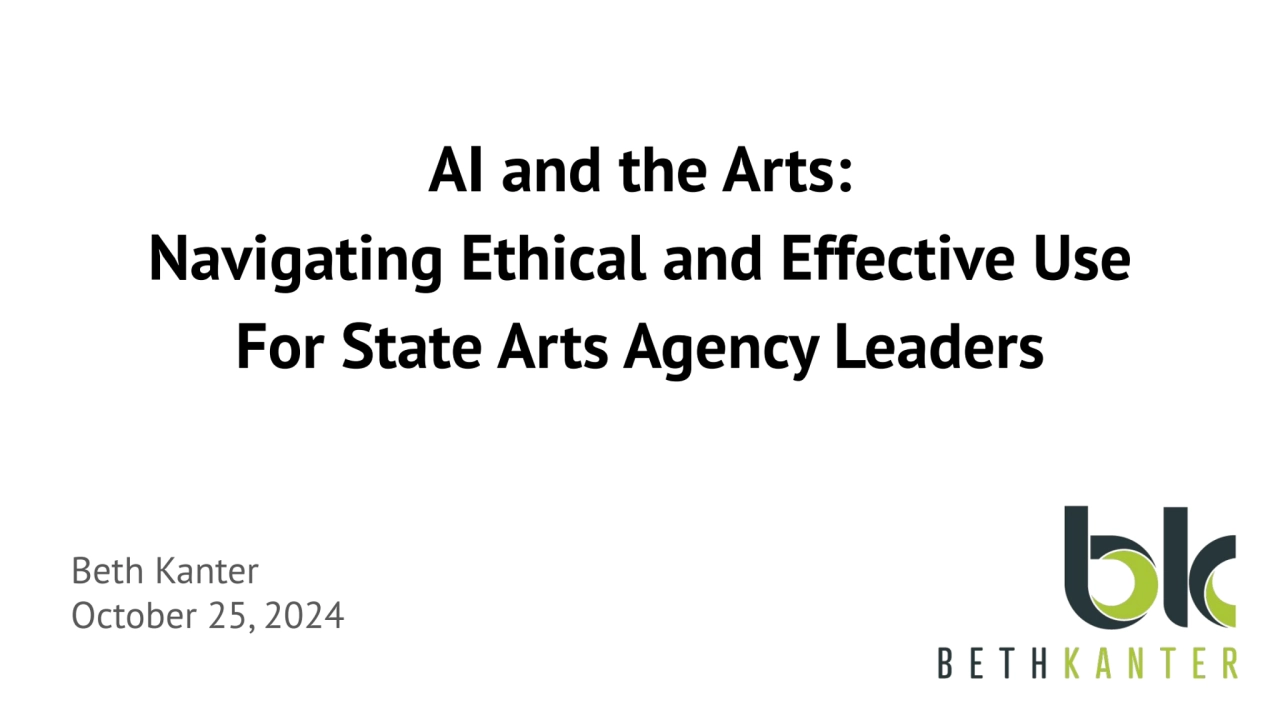
Loading...
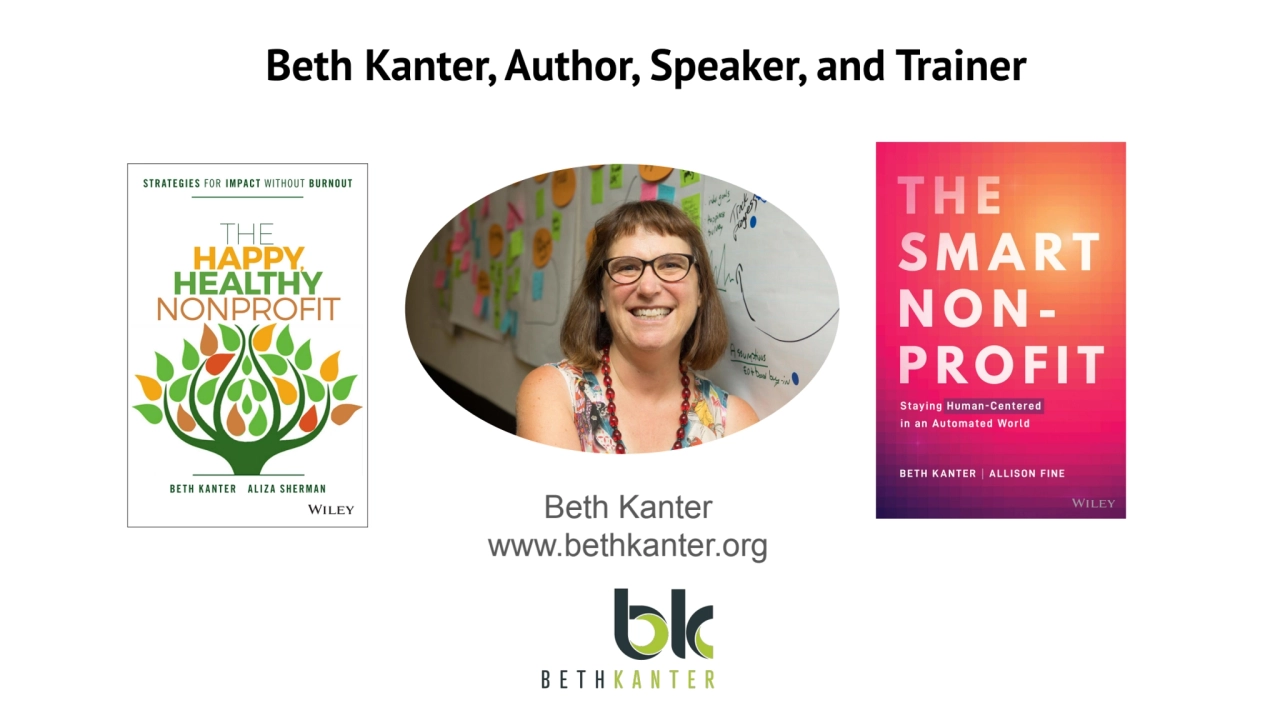
Loading...
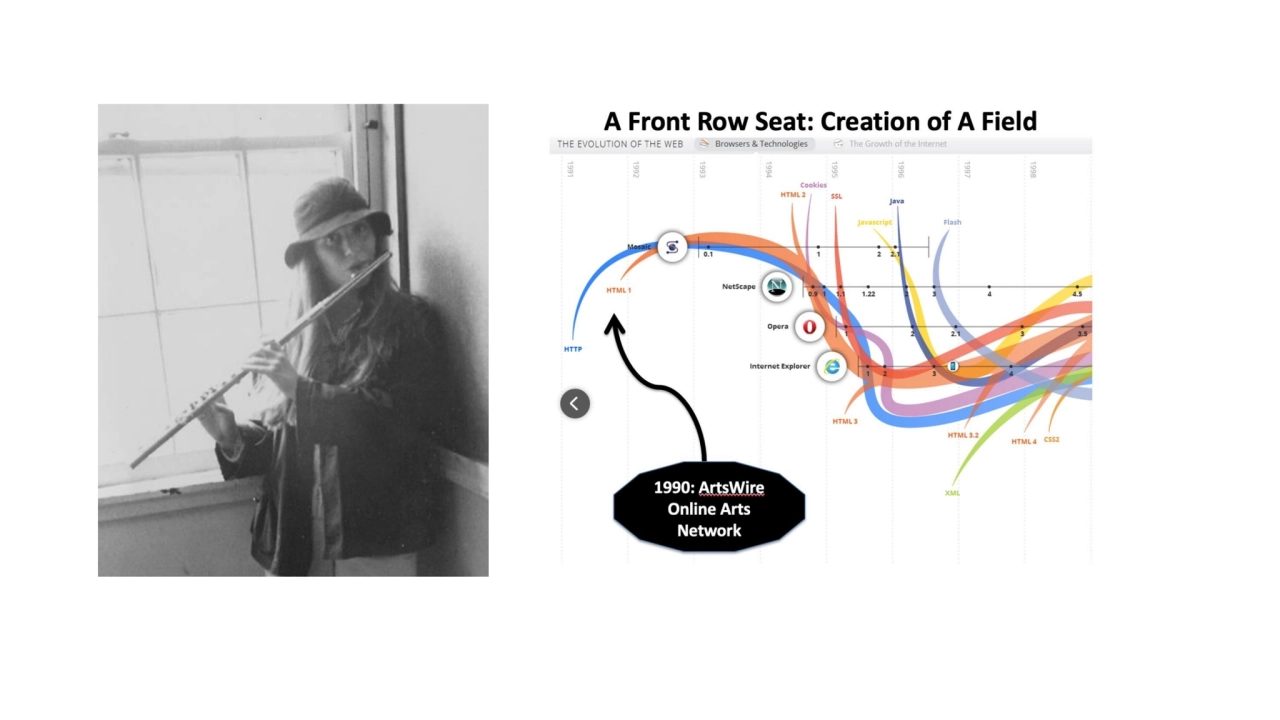
Loading...
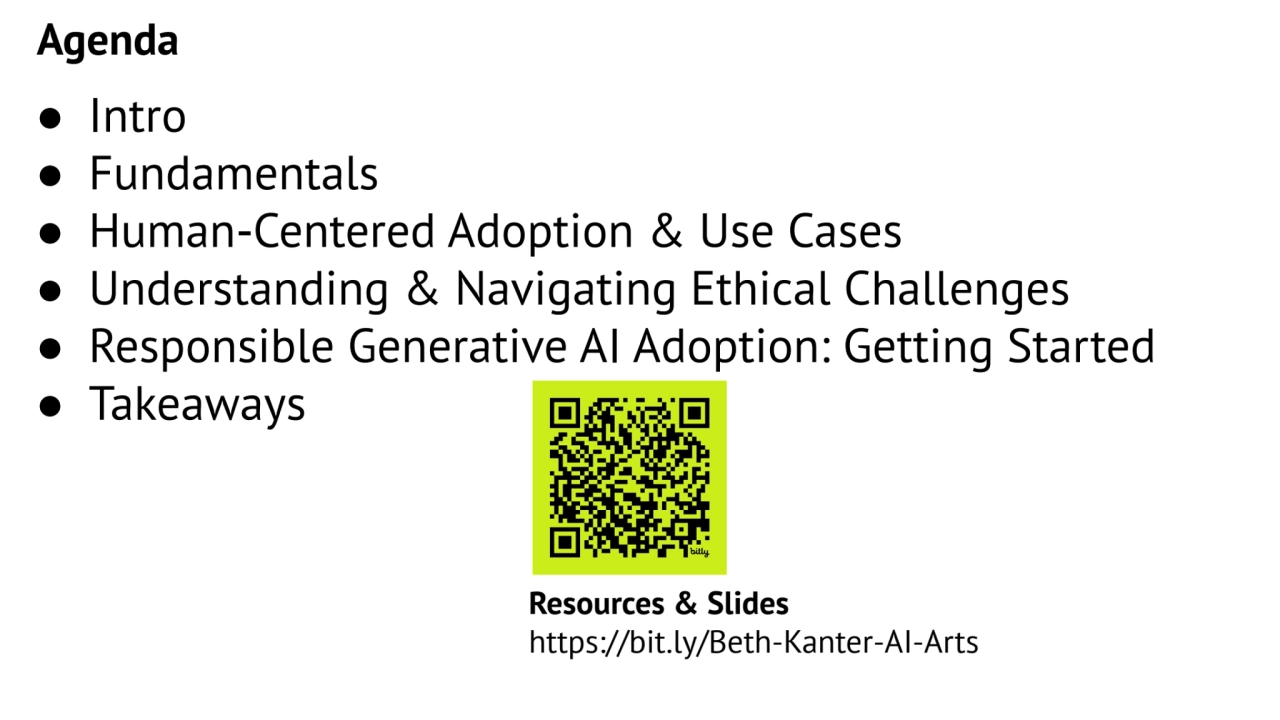
Loading...
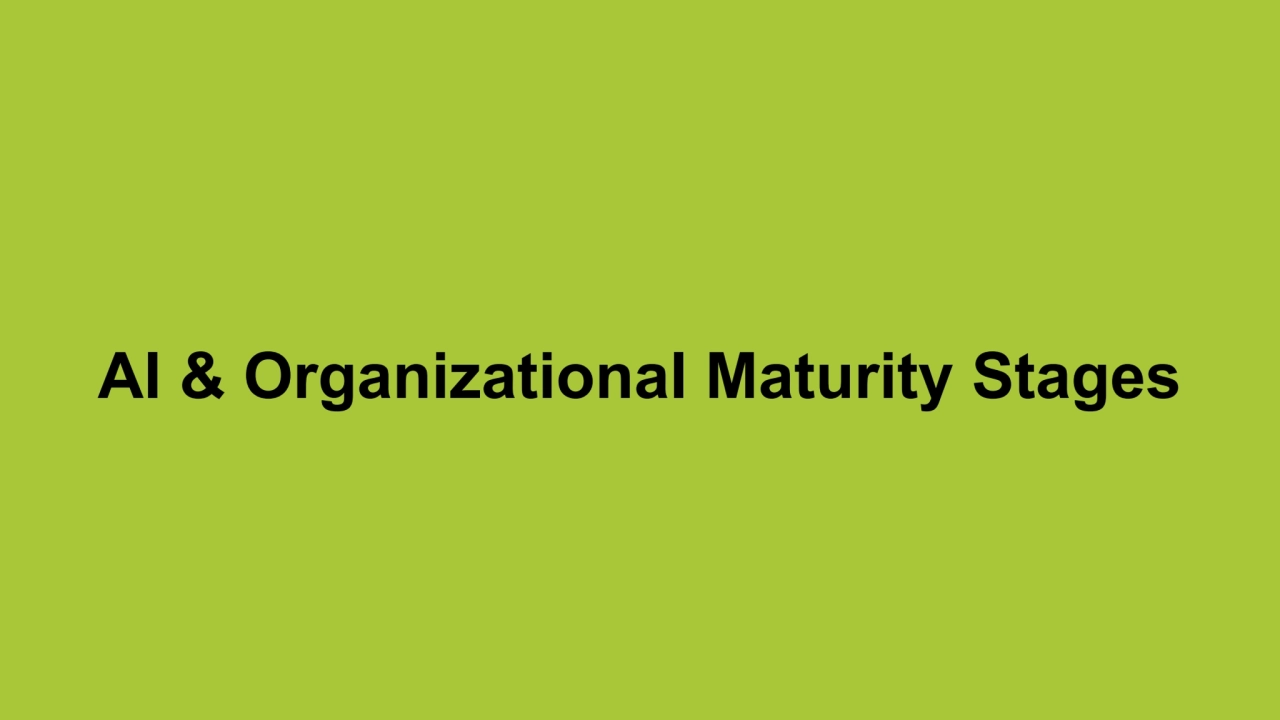
Loading...
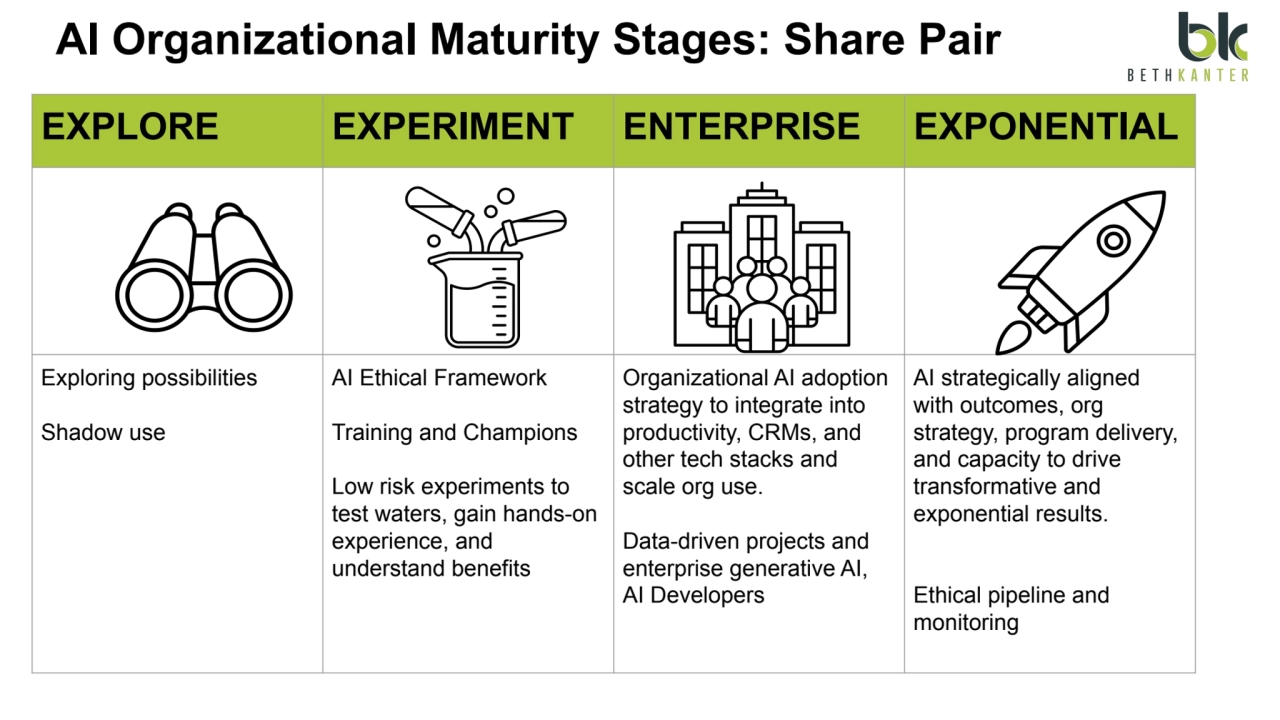
Loading...
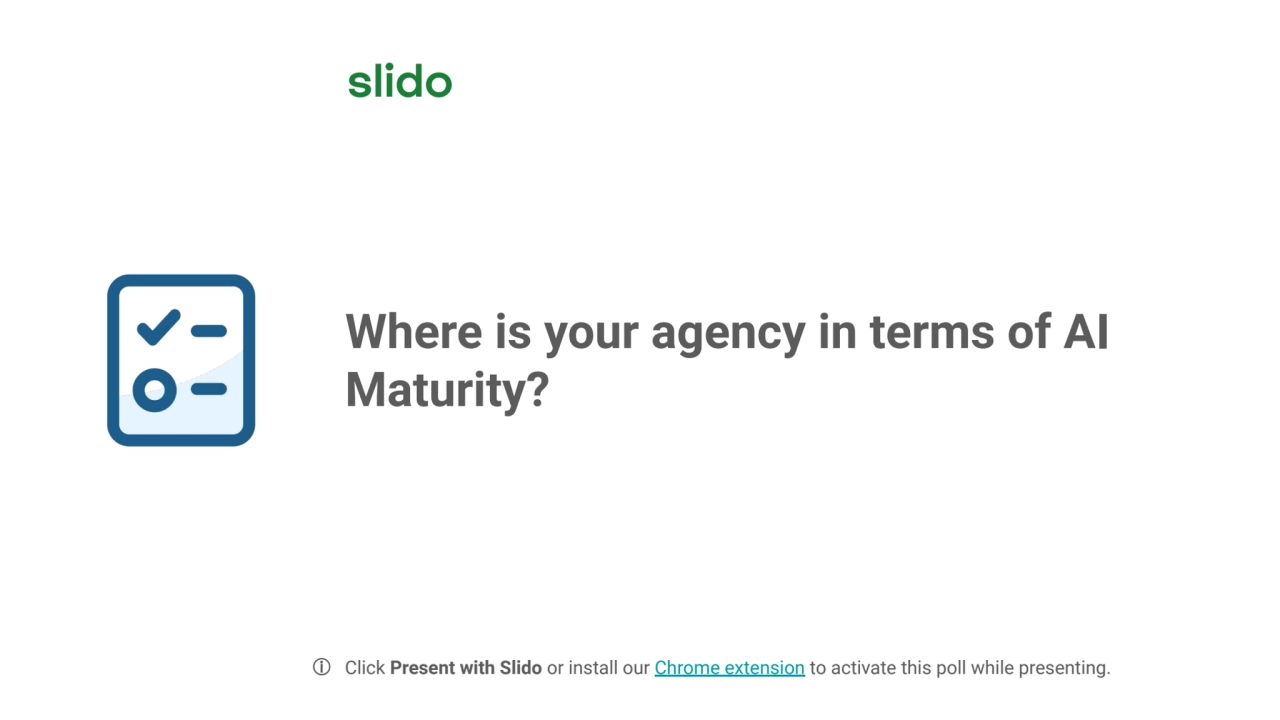
Loading...
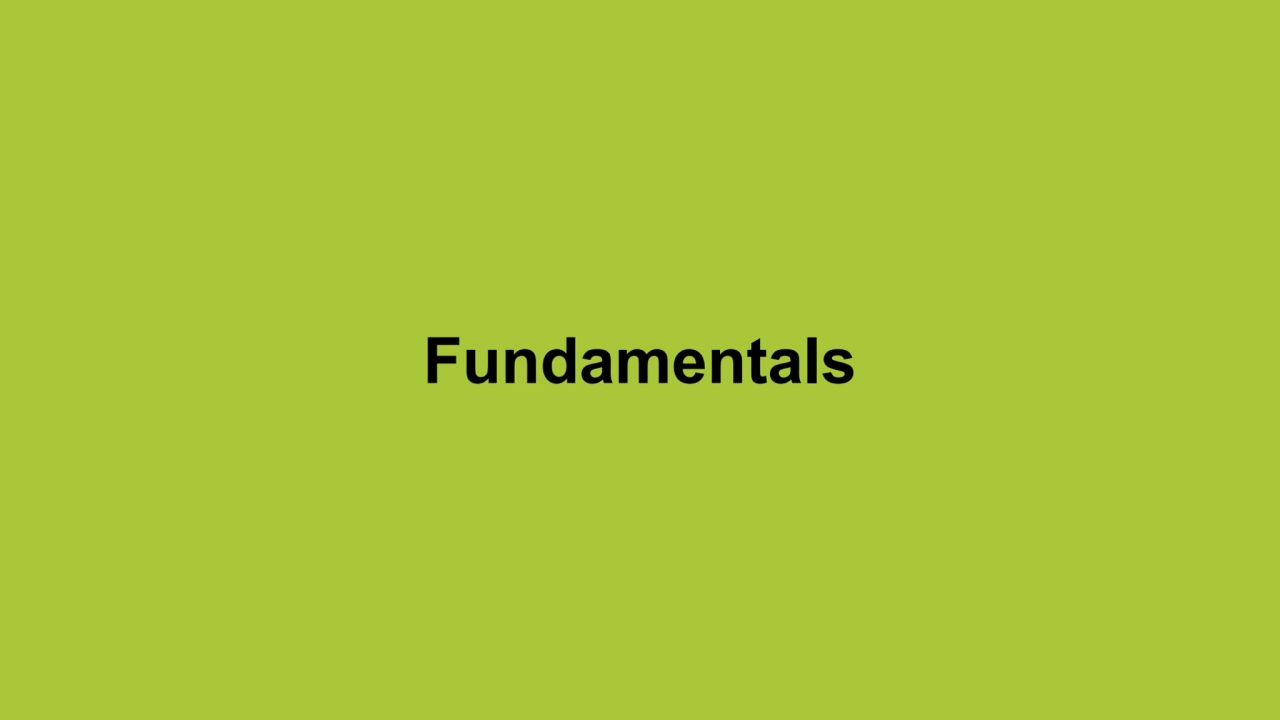
Loading...
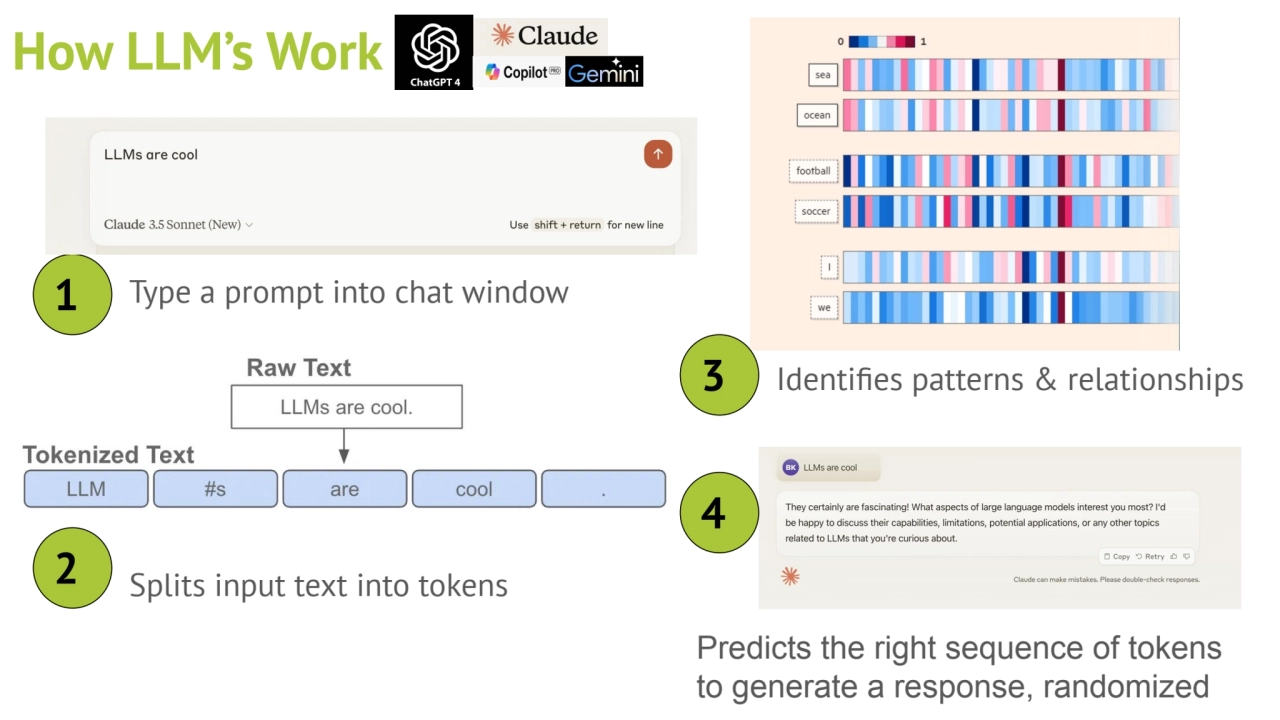
Loading...
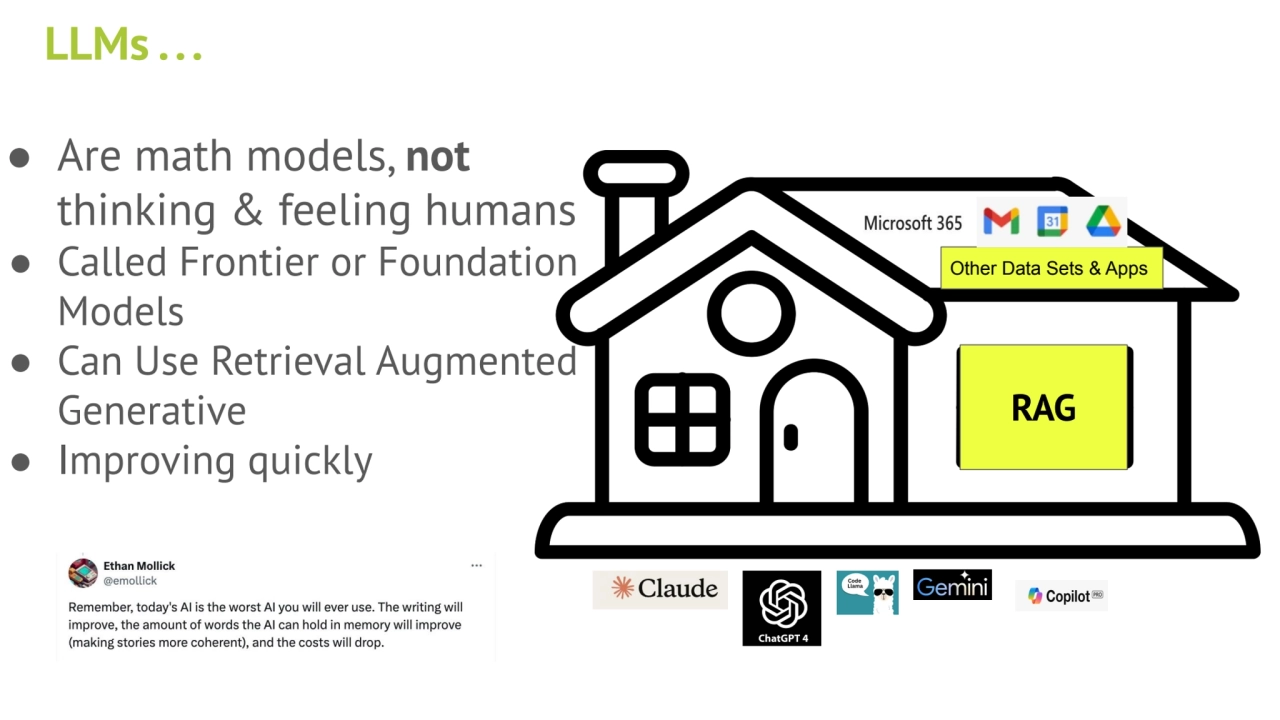
Loading...
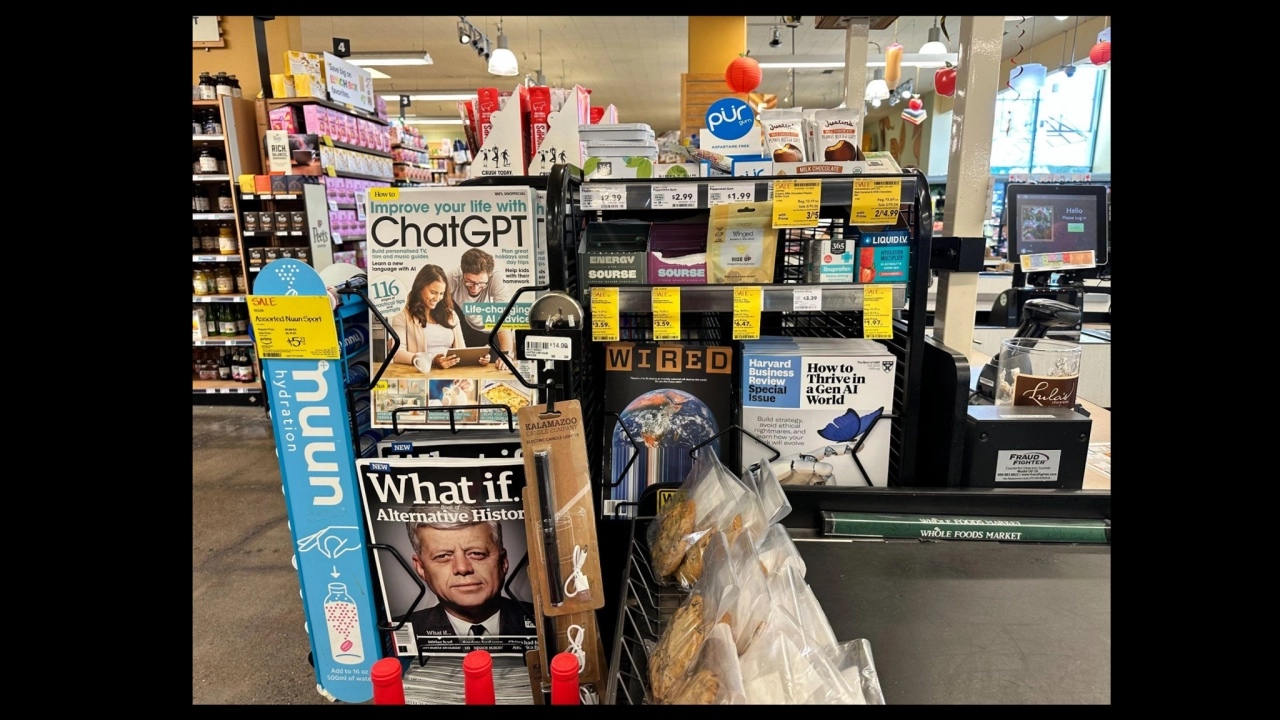
Loading...
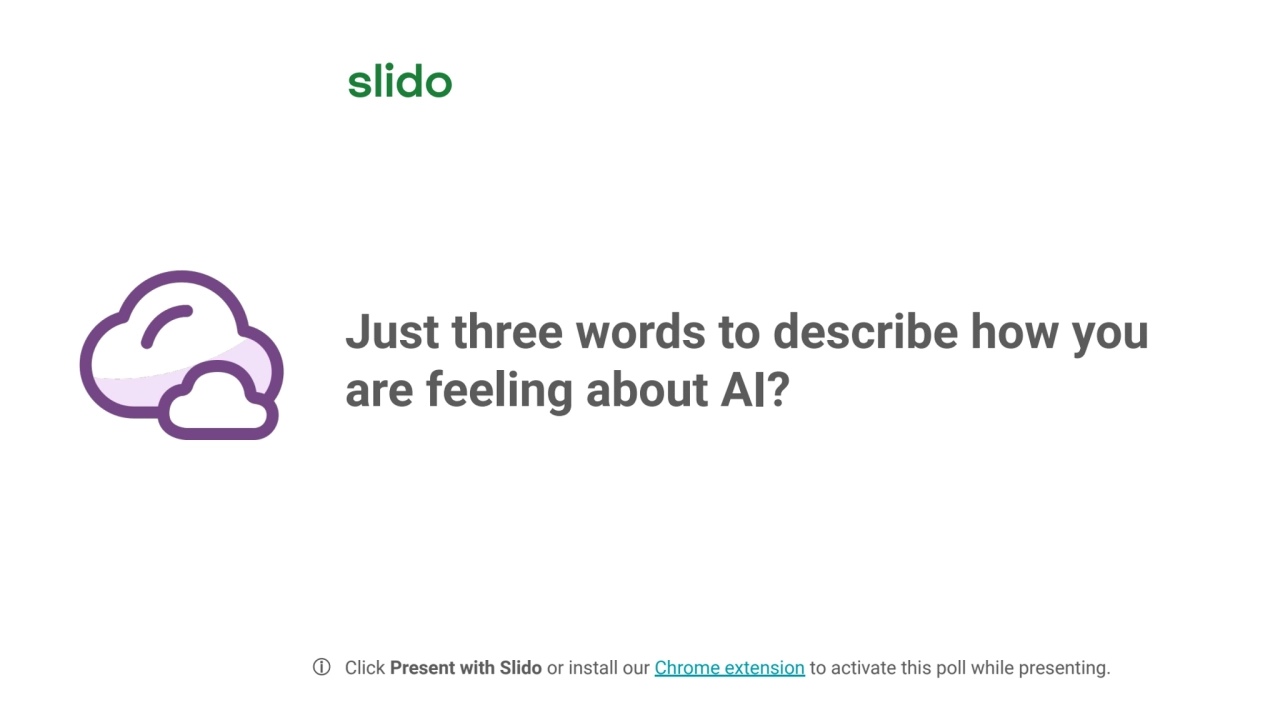
Loading...
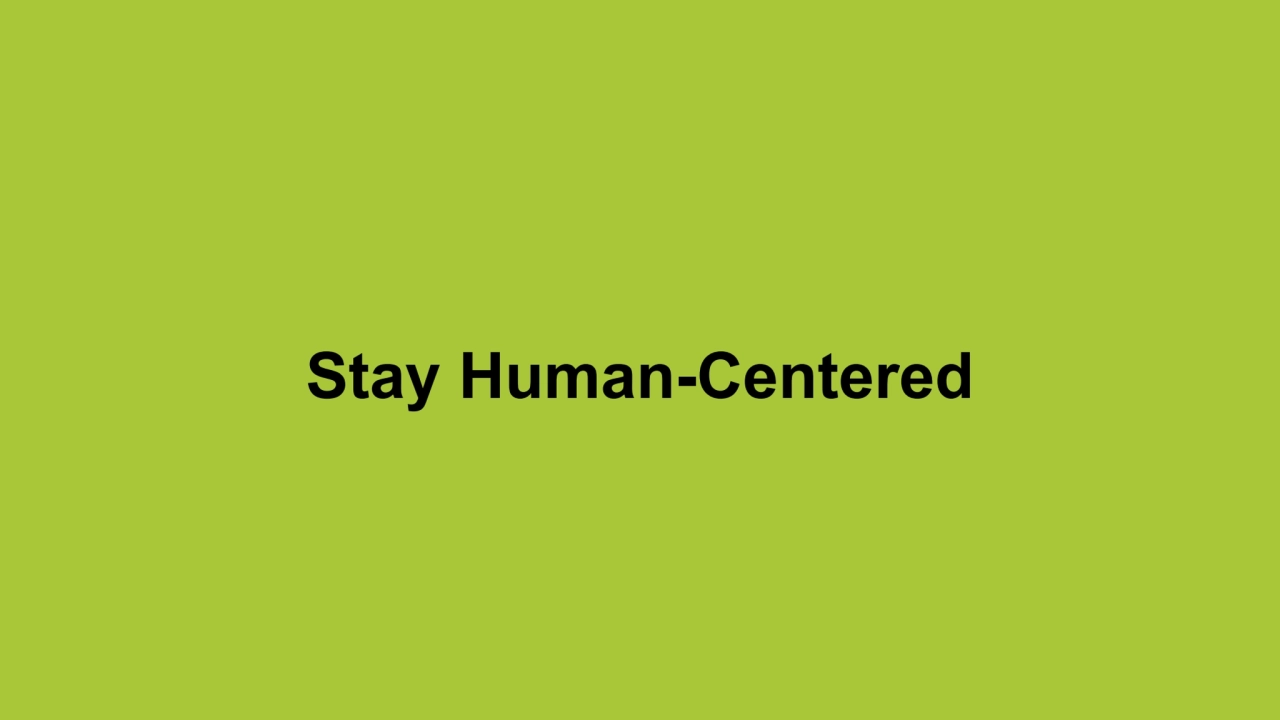
Loading...
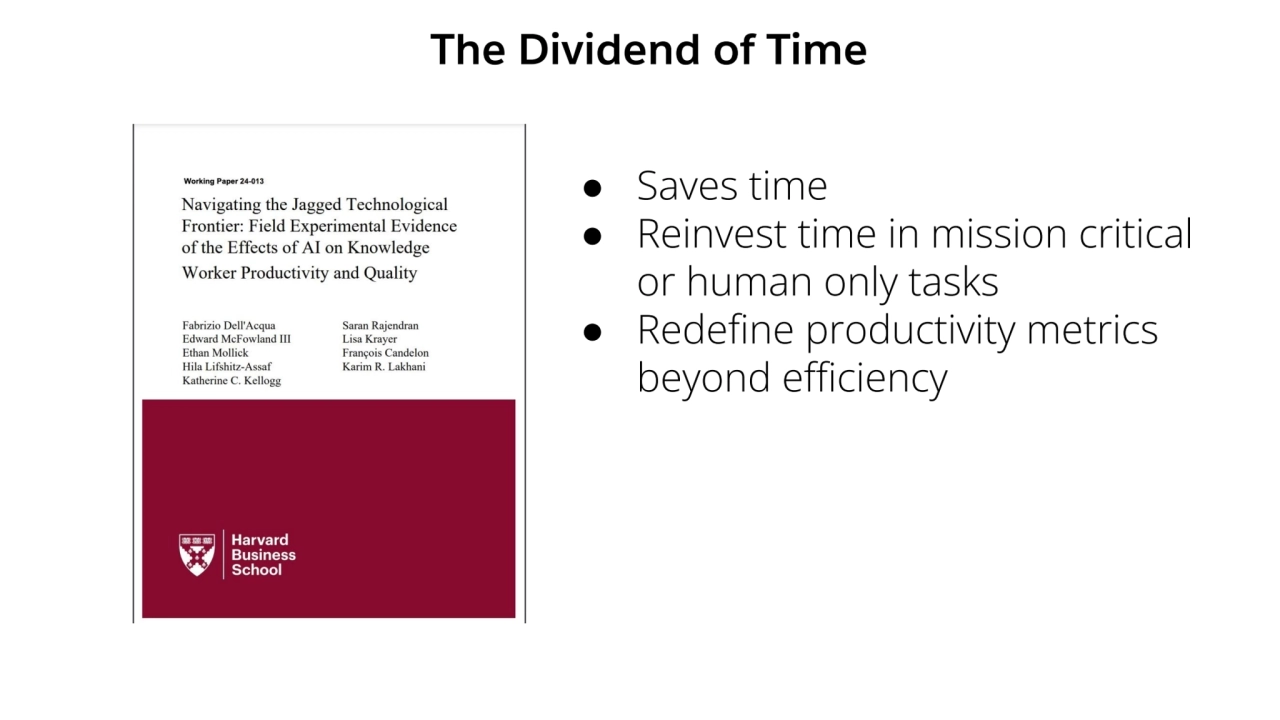
Loading...
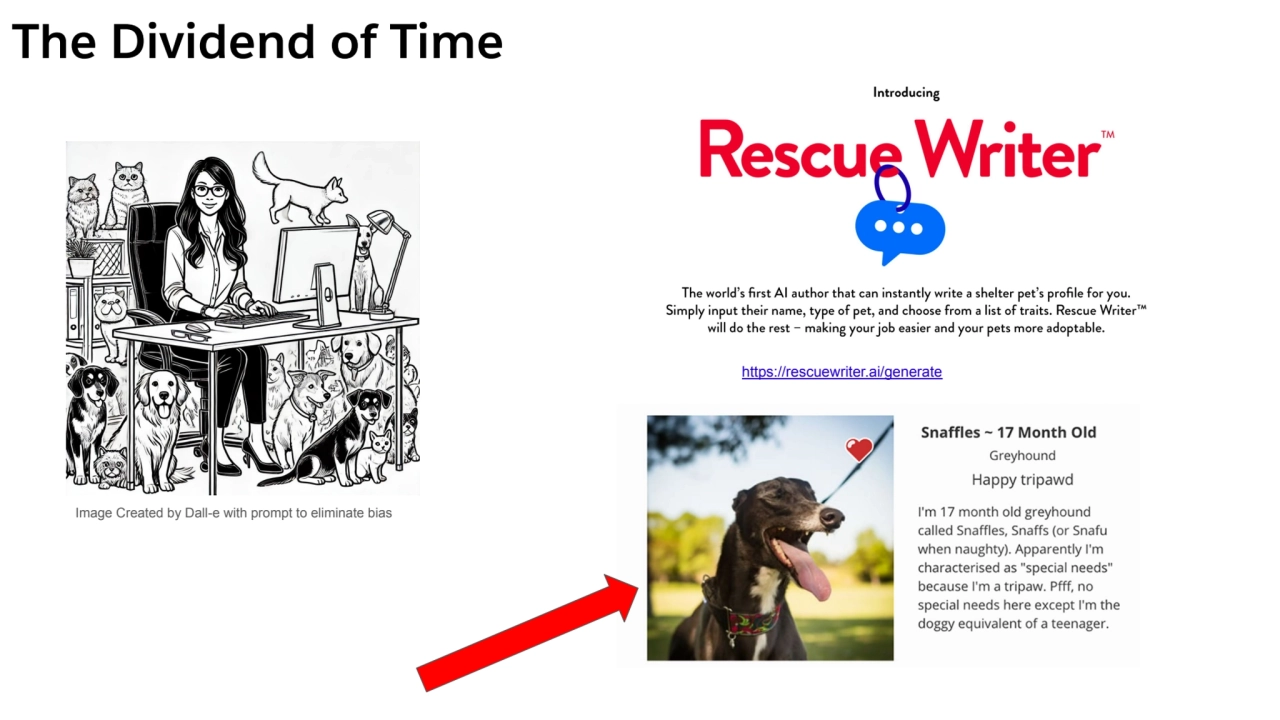
Loading...
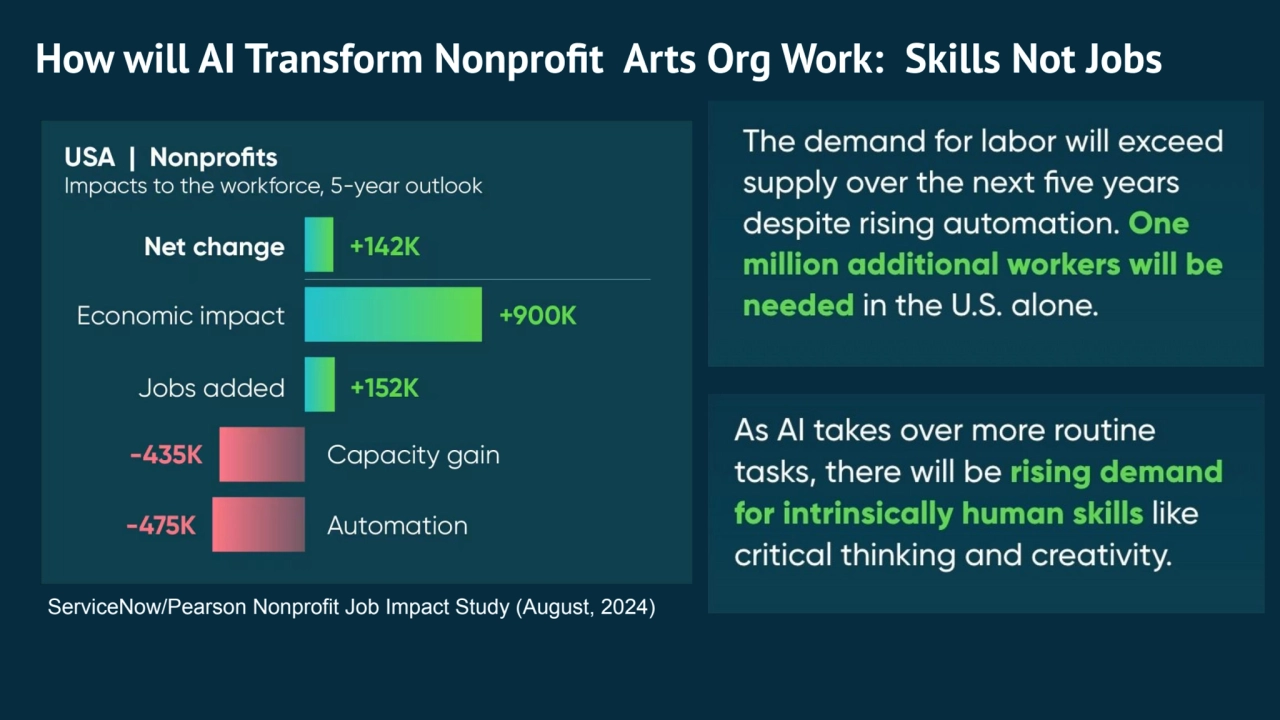
Loading...
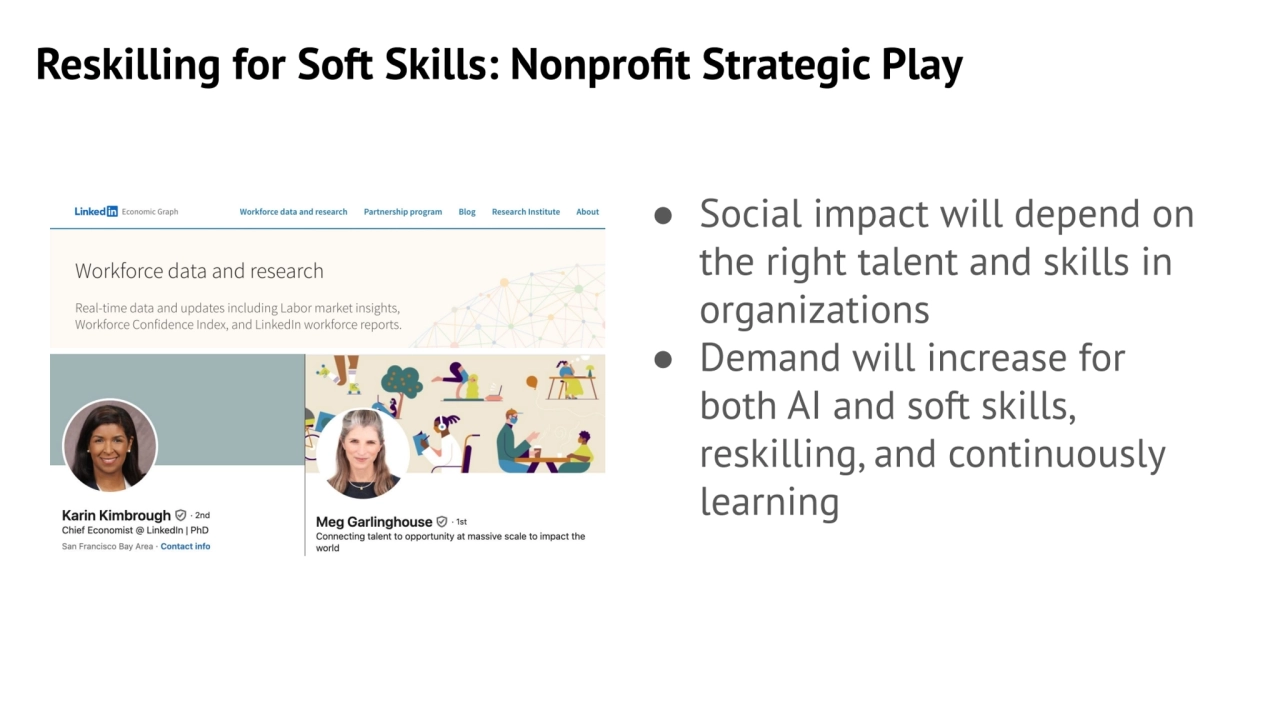
Loading...
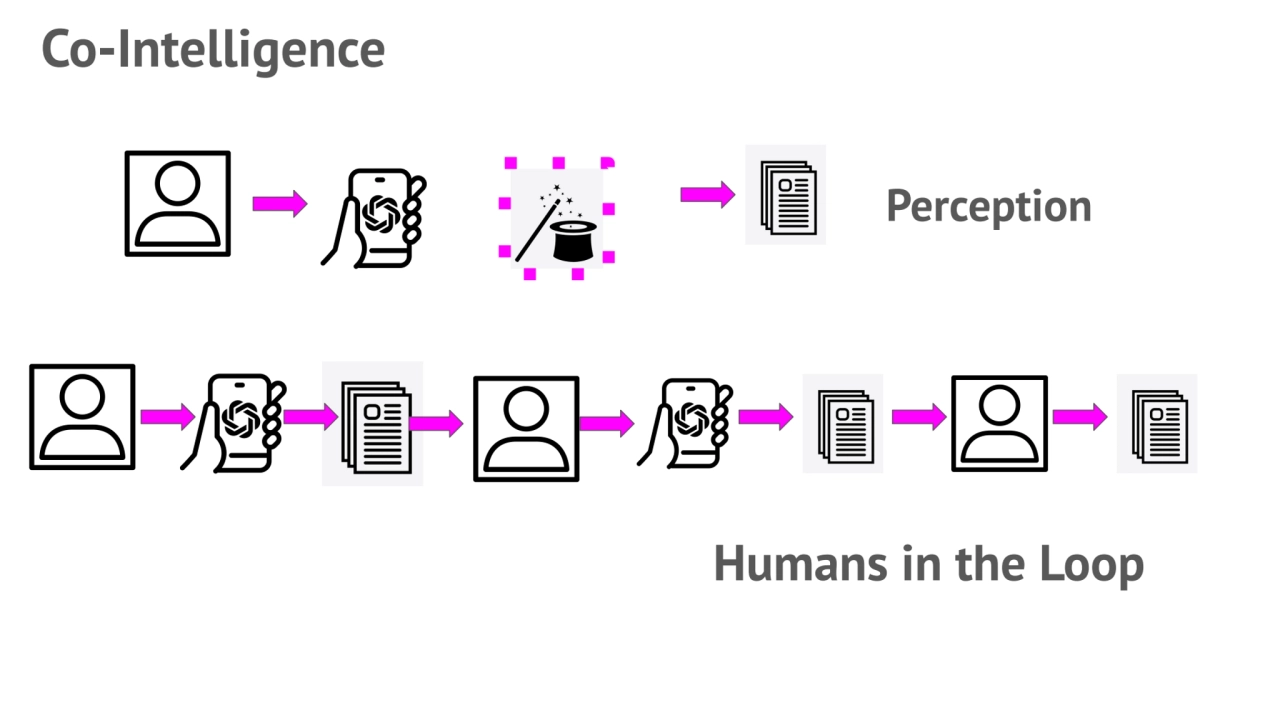
Loading...
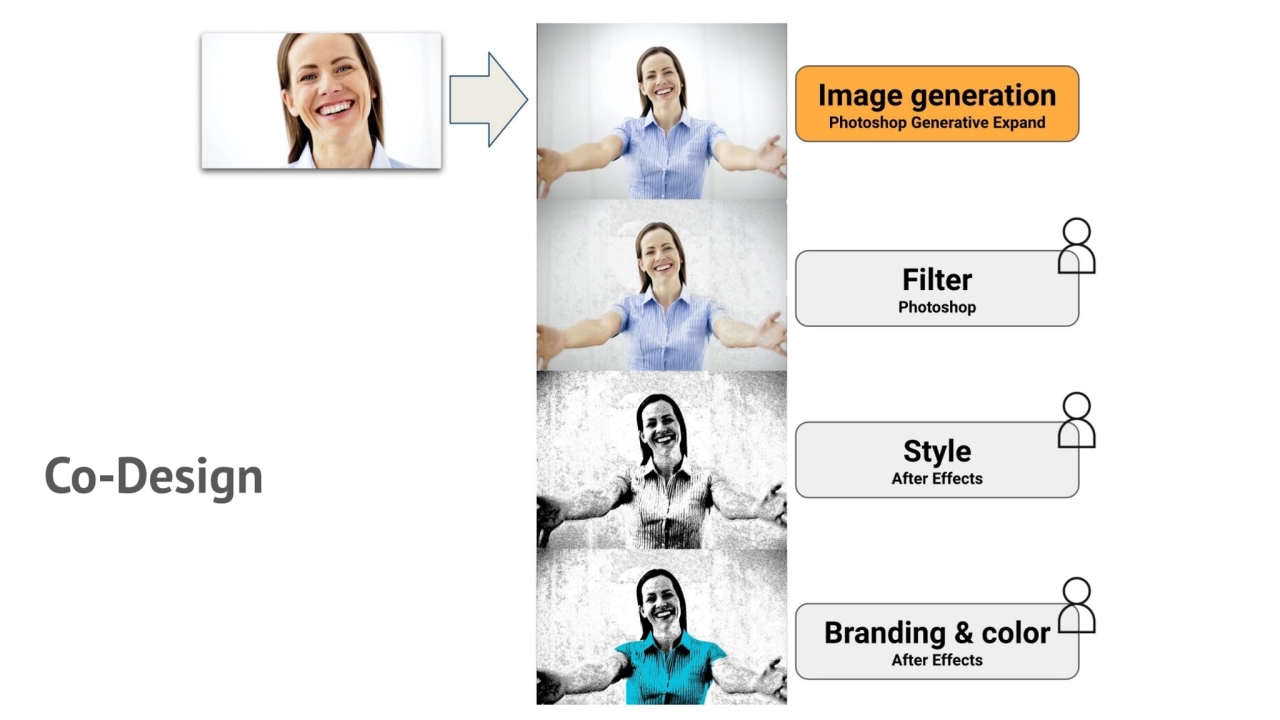
Loading...
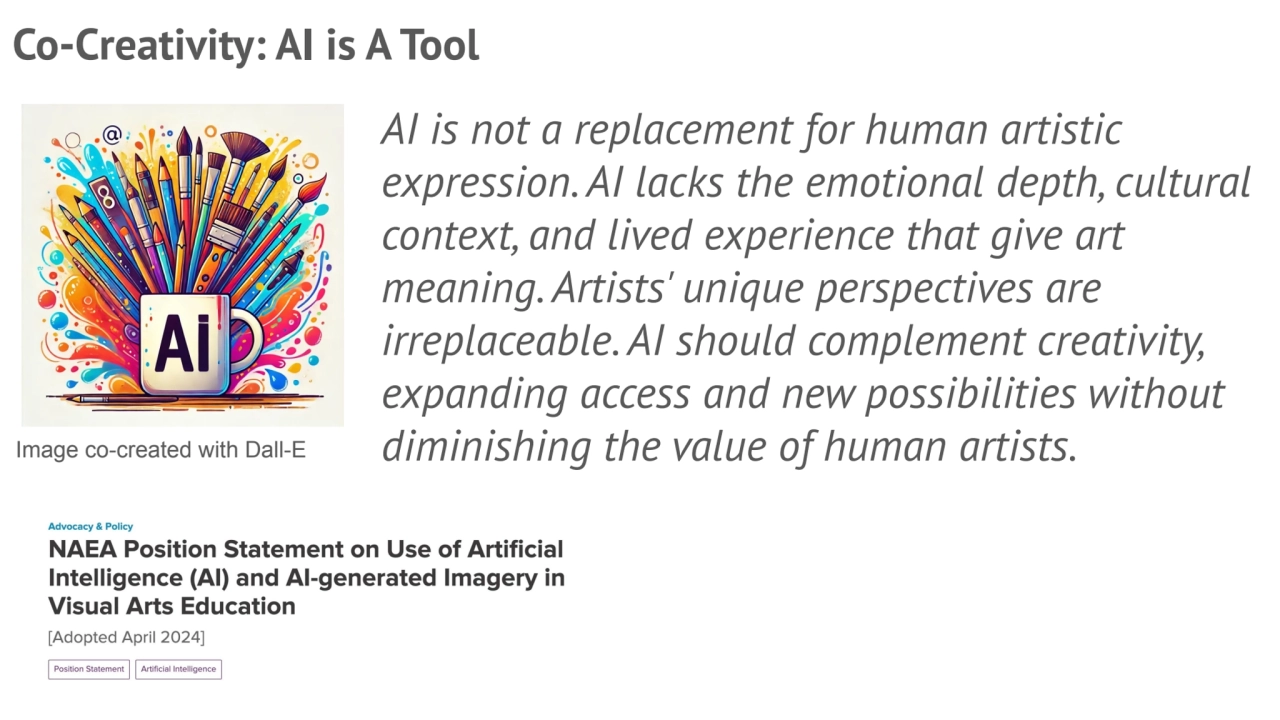
Loading...
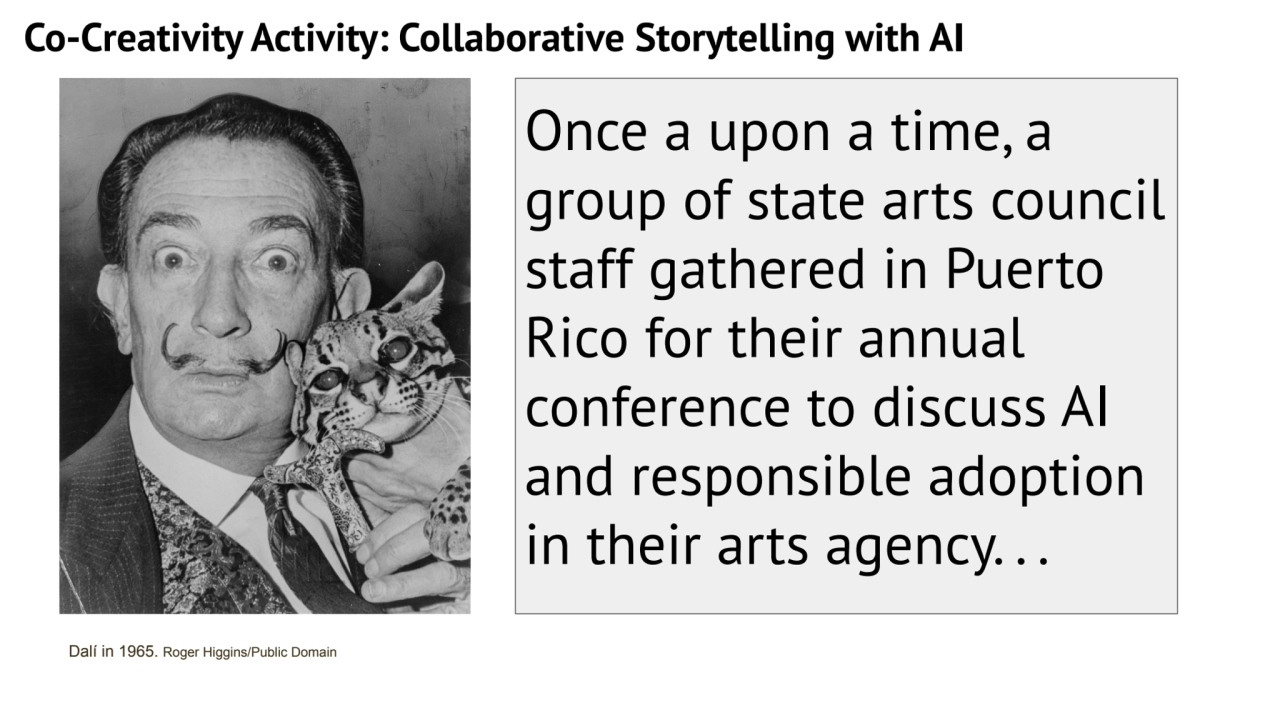
Loading...
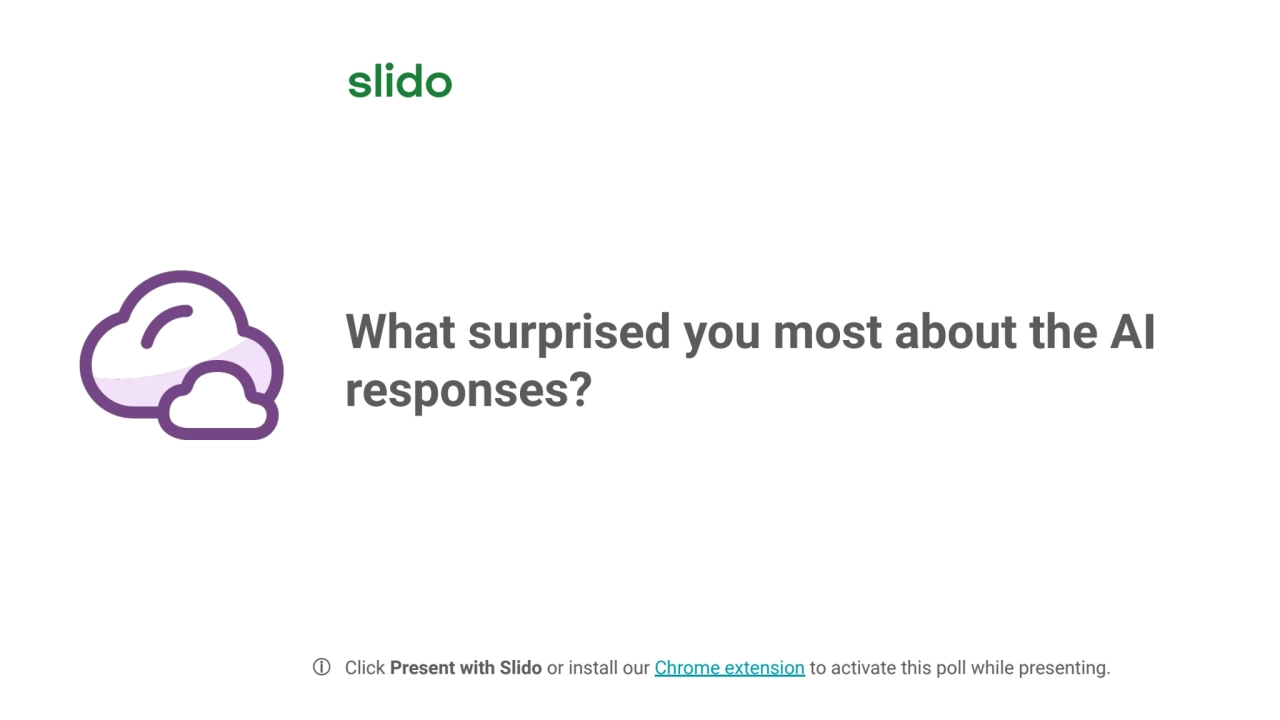
Loading...
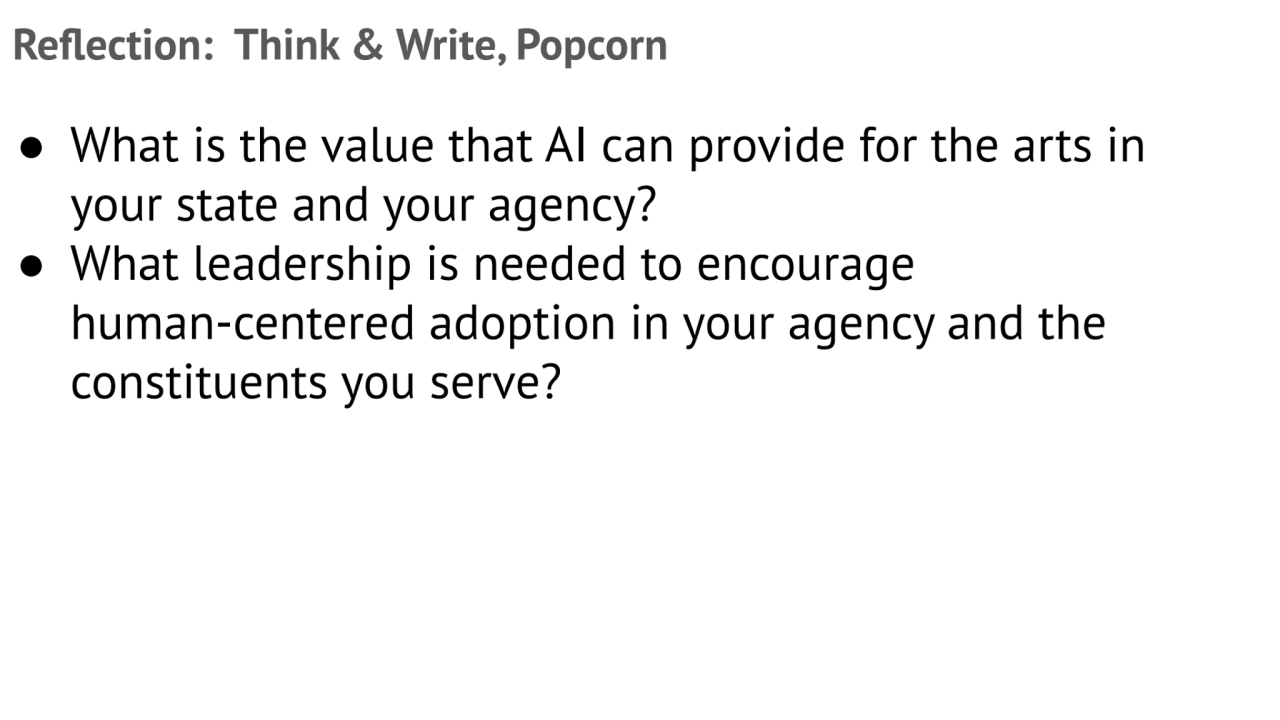
Loading...
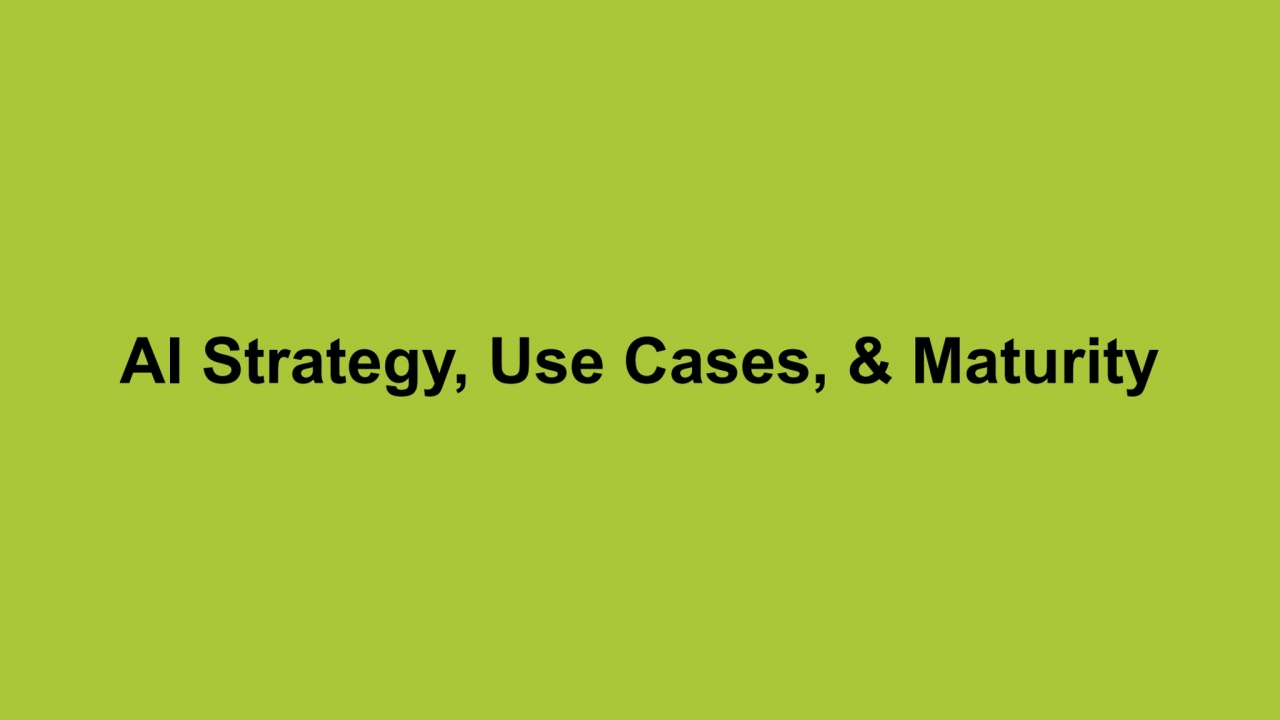
Loading...
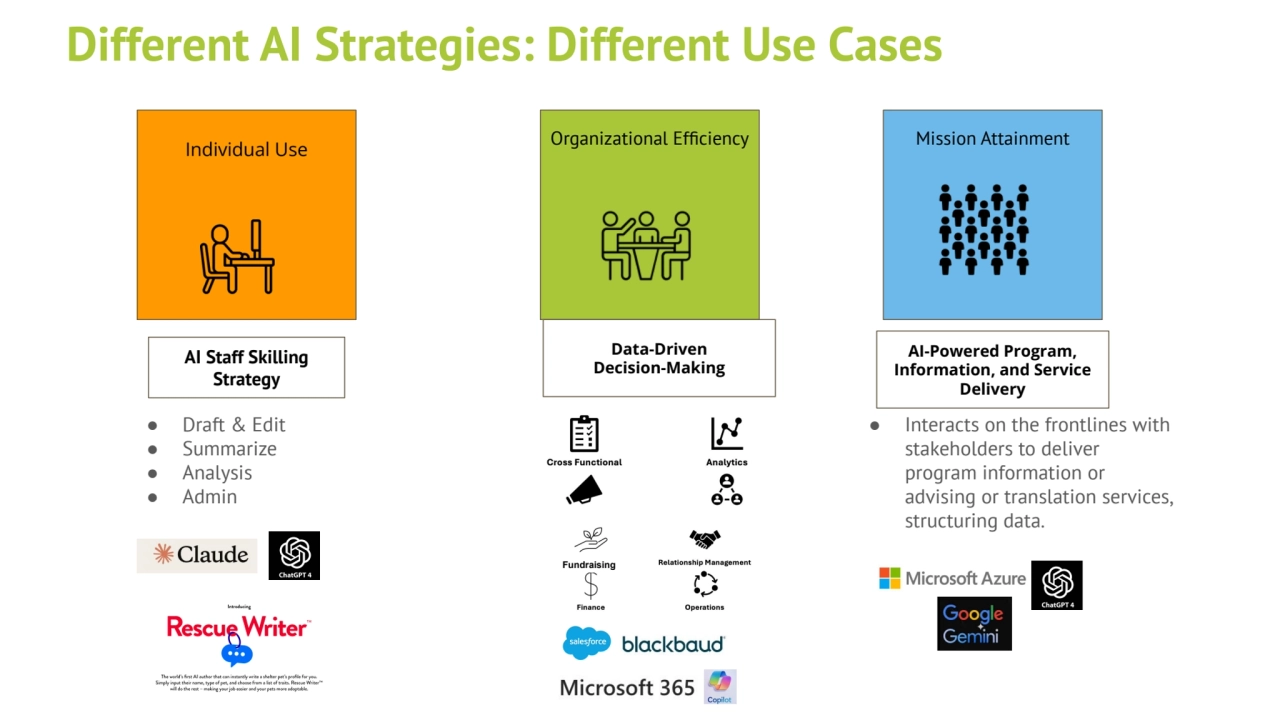
Loading...
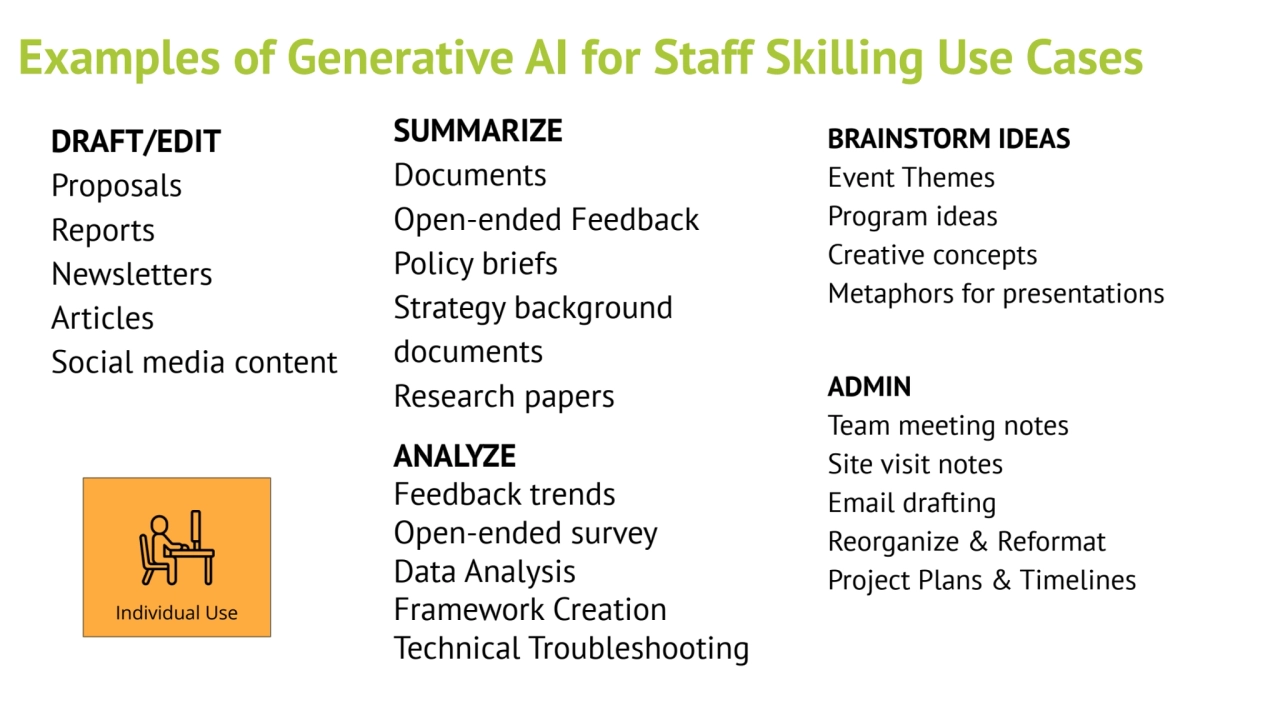
Loading...
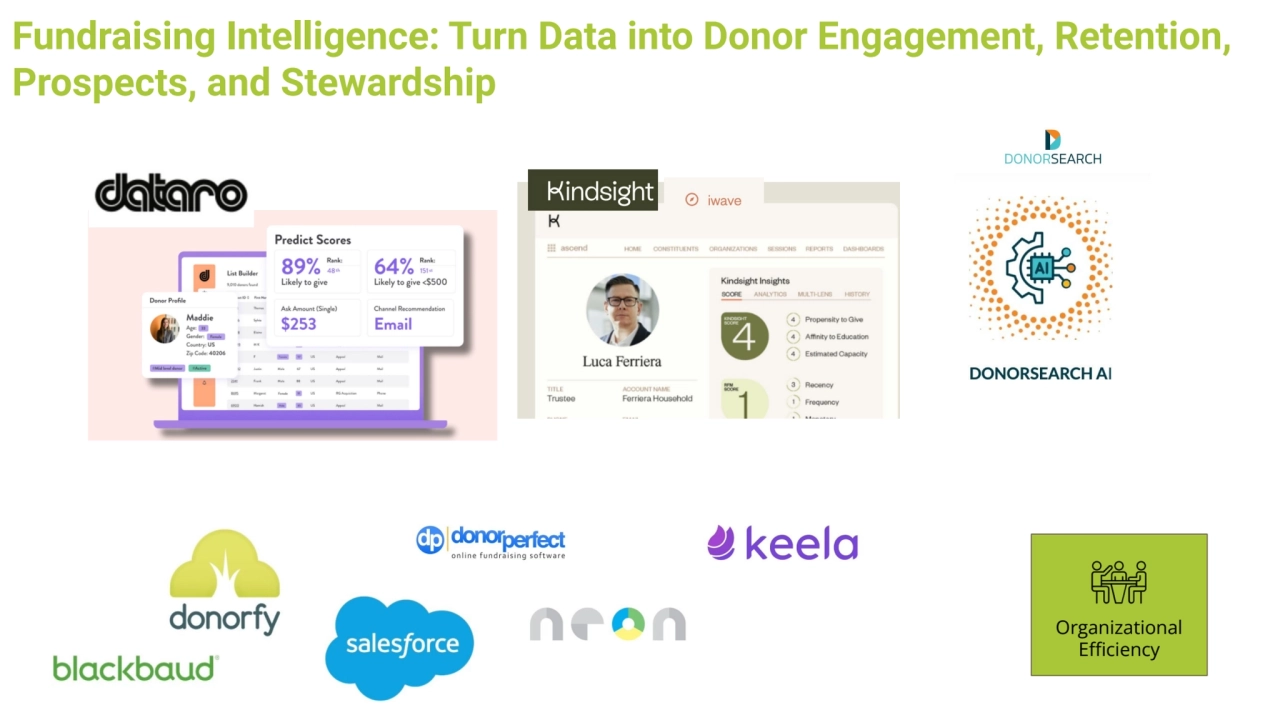
Loading...
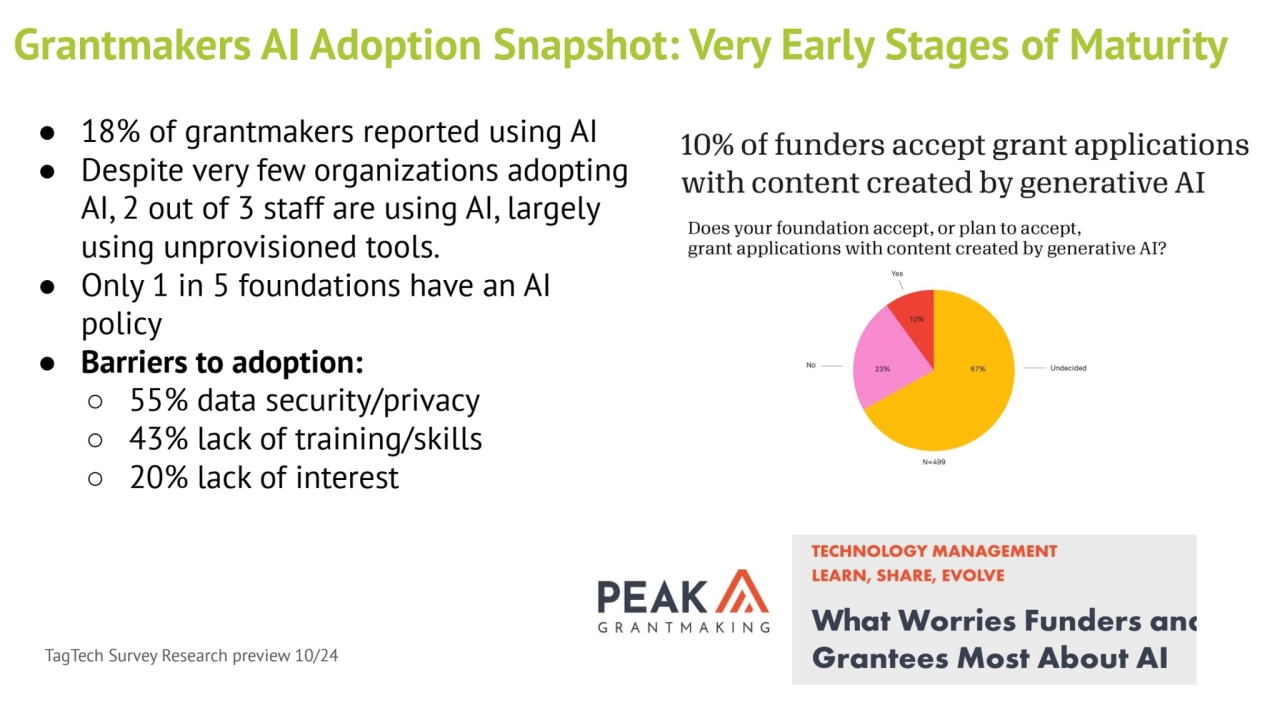
Loading...
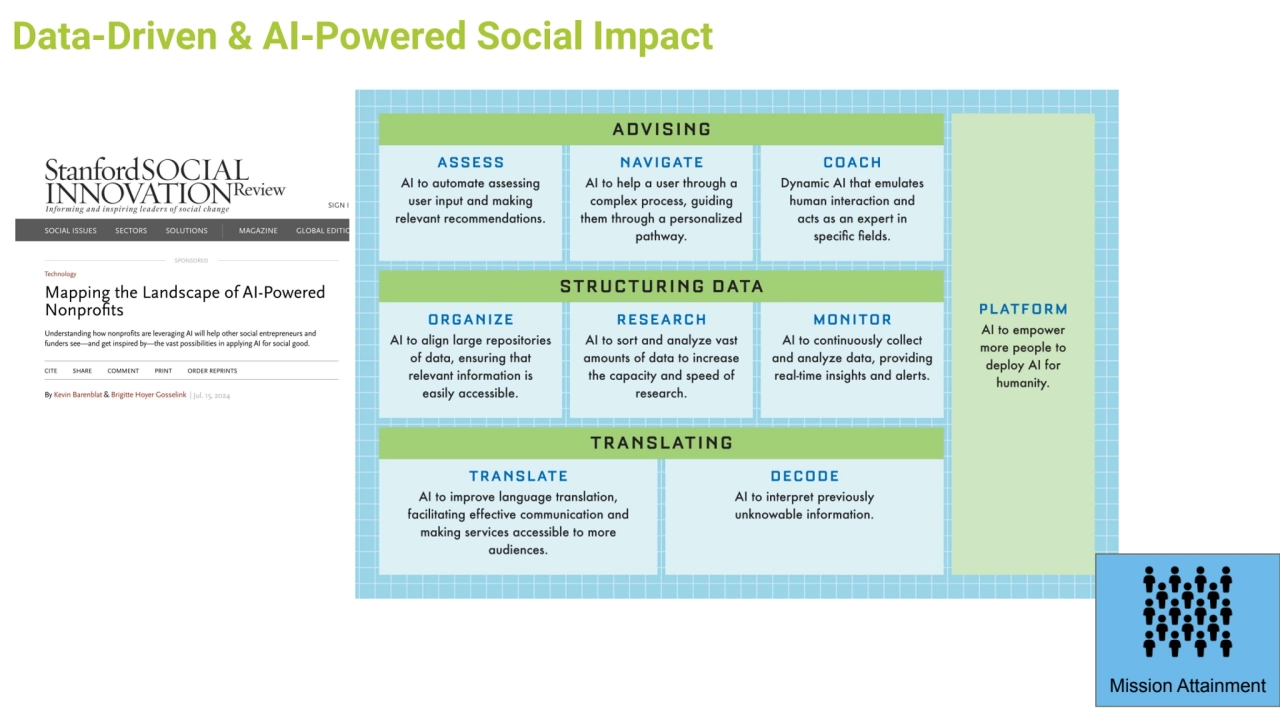
Loading...
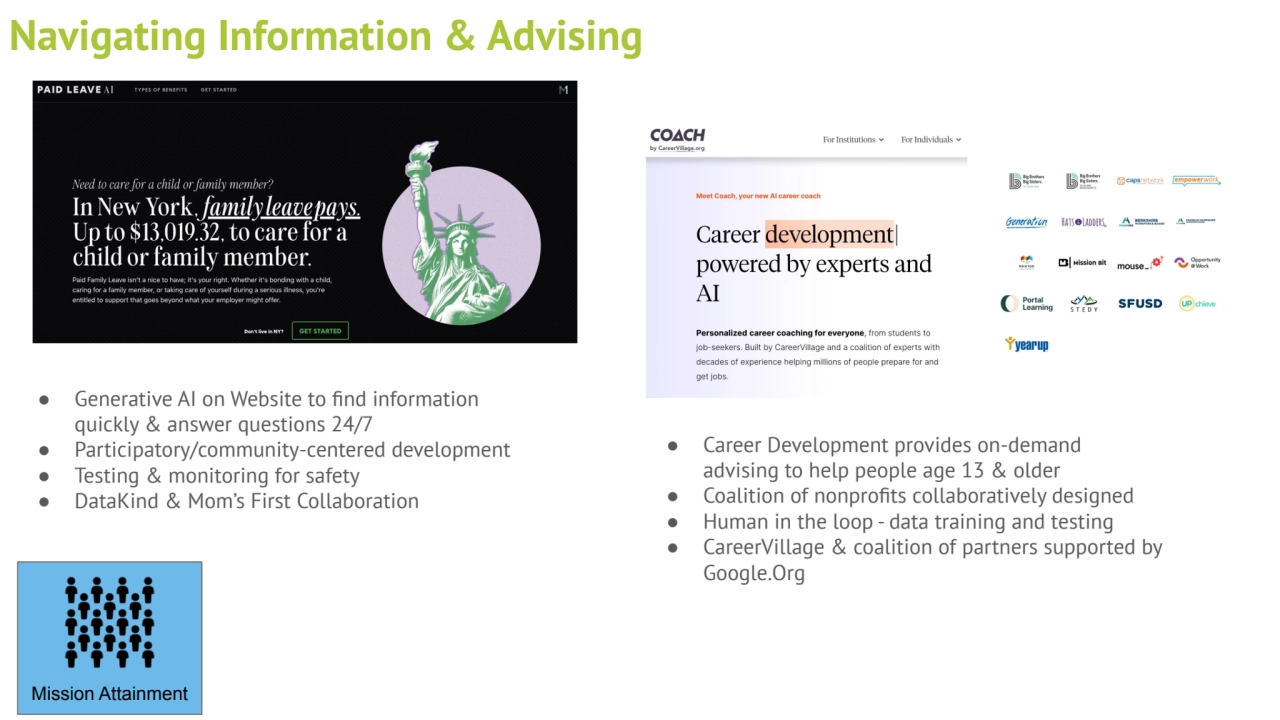
Loading...
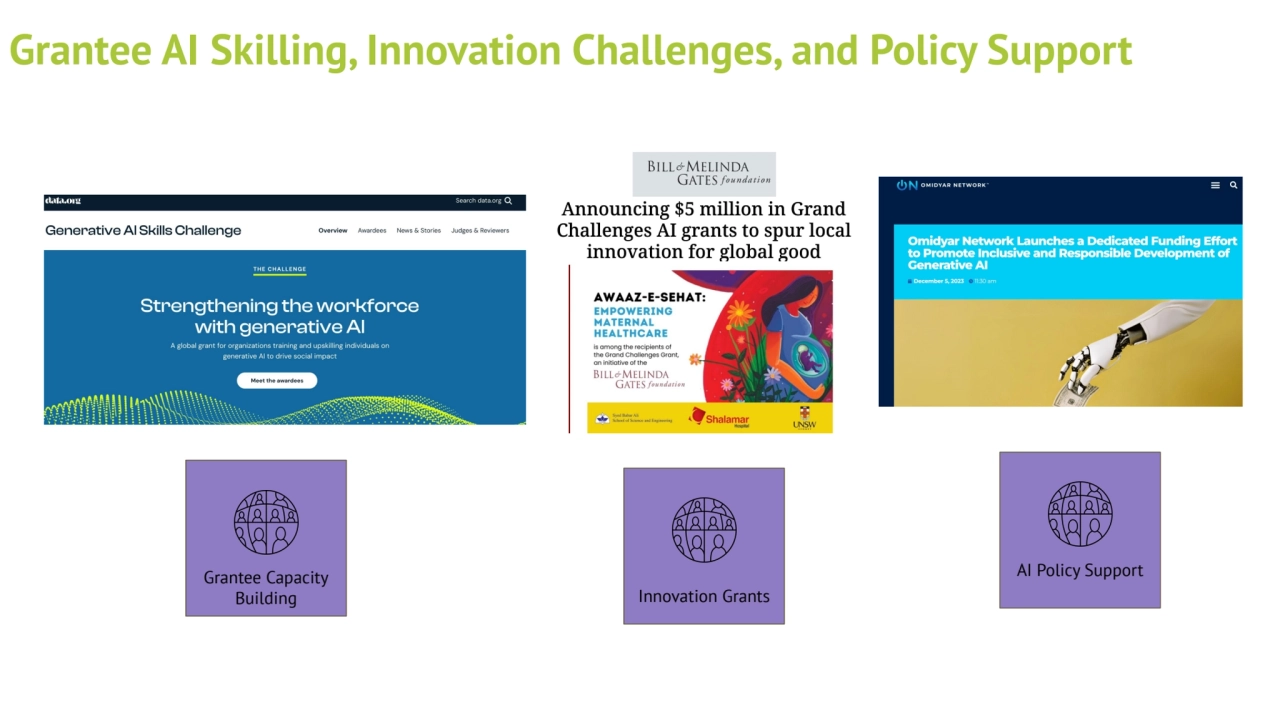
Loading...
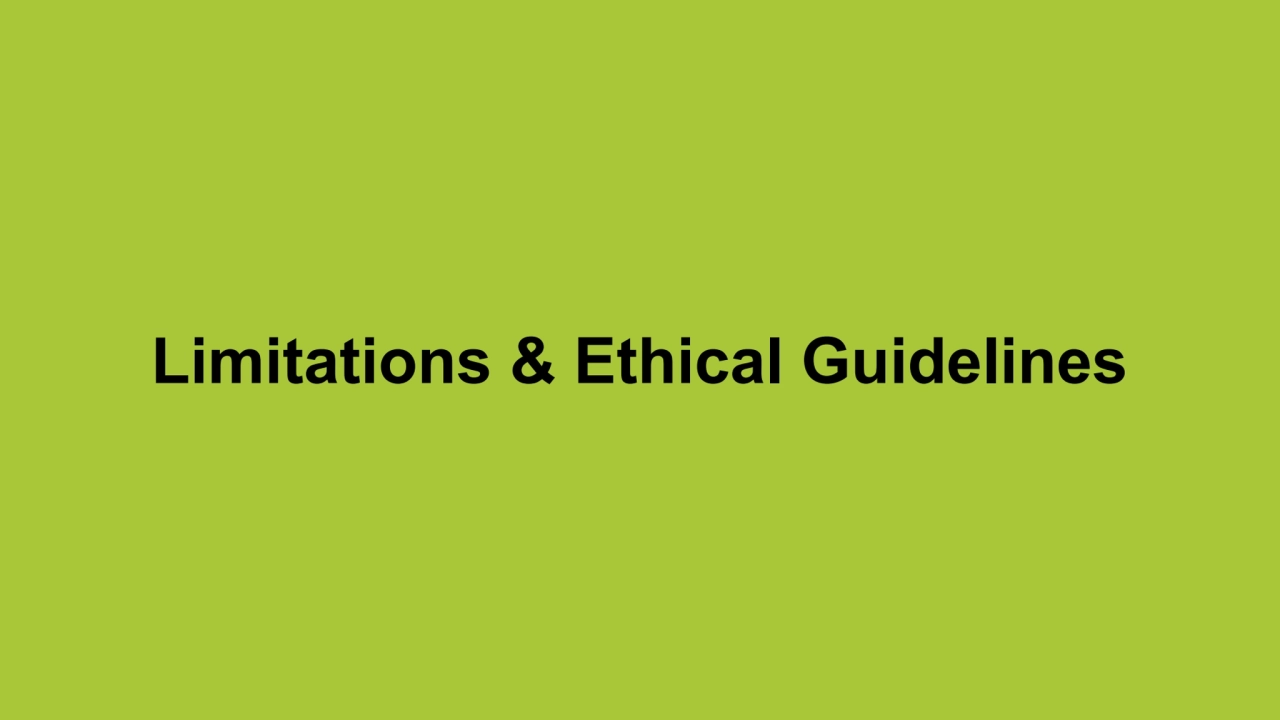
Loading...
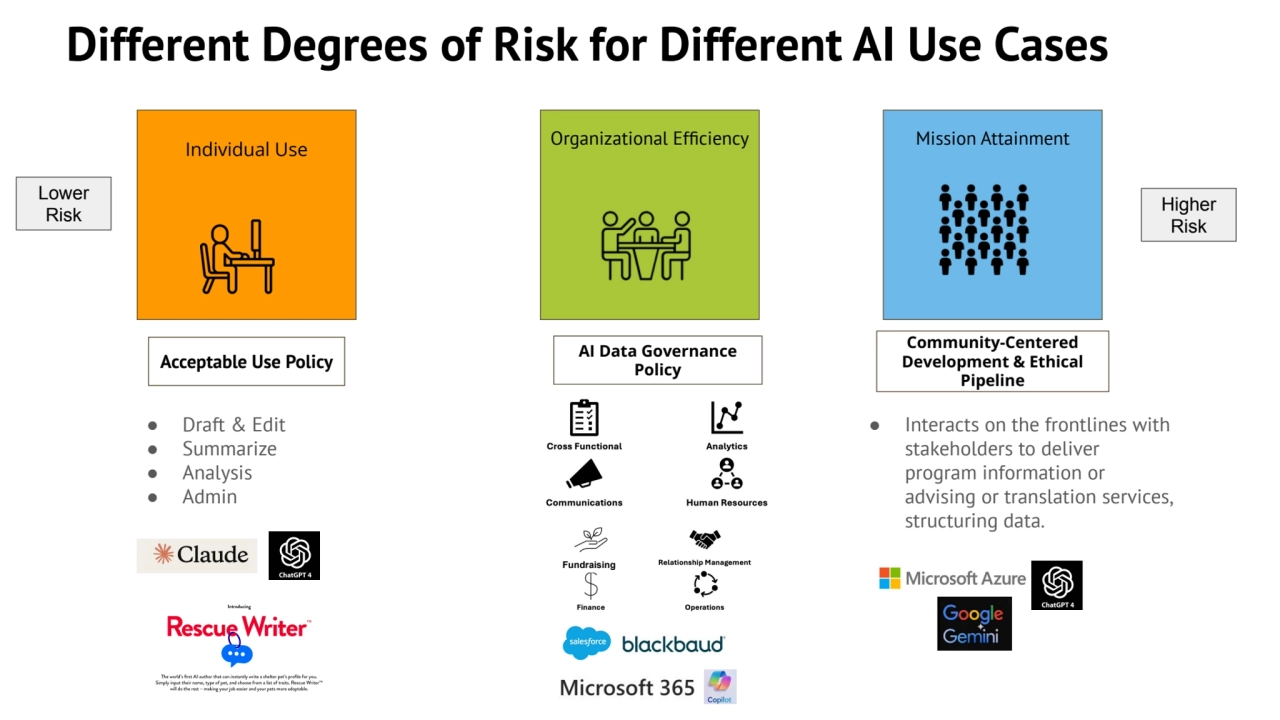
Loading...
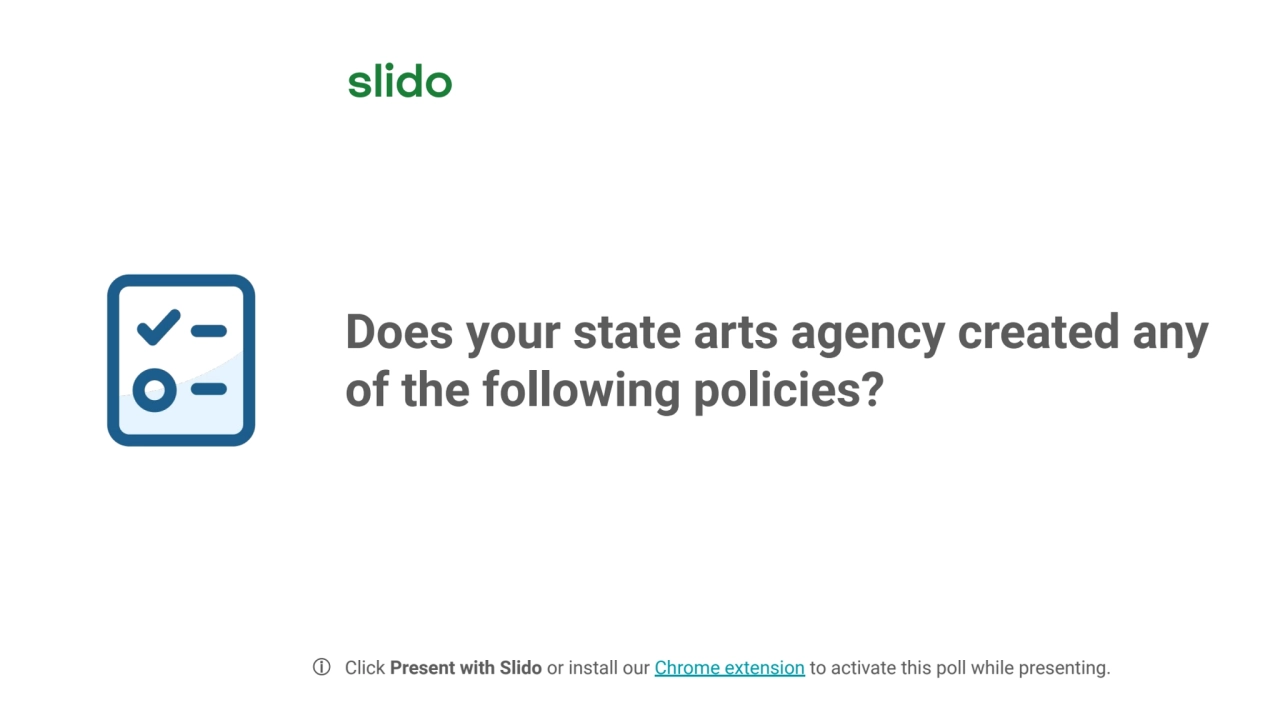
Loading...
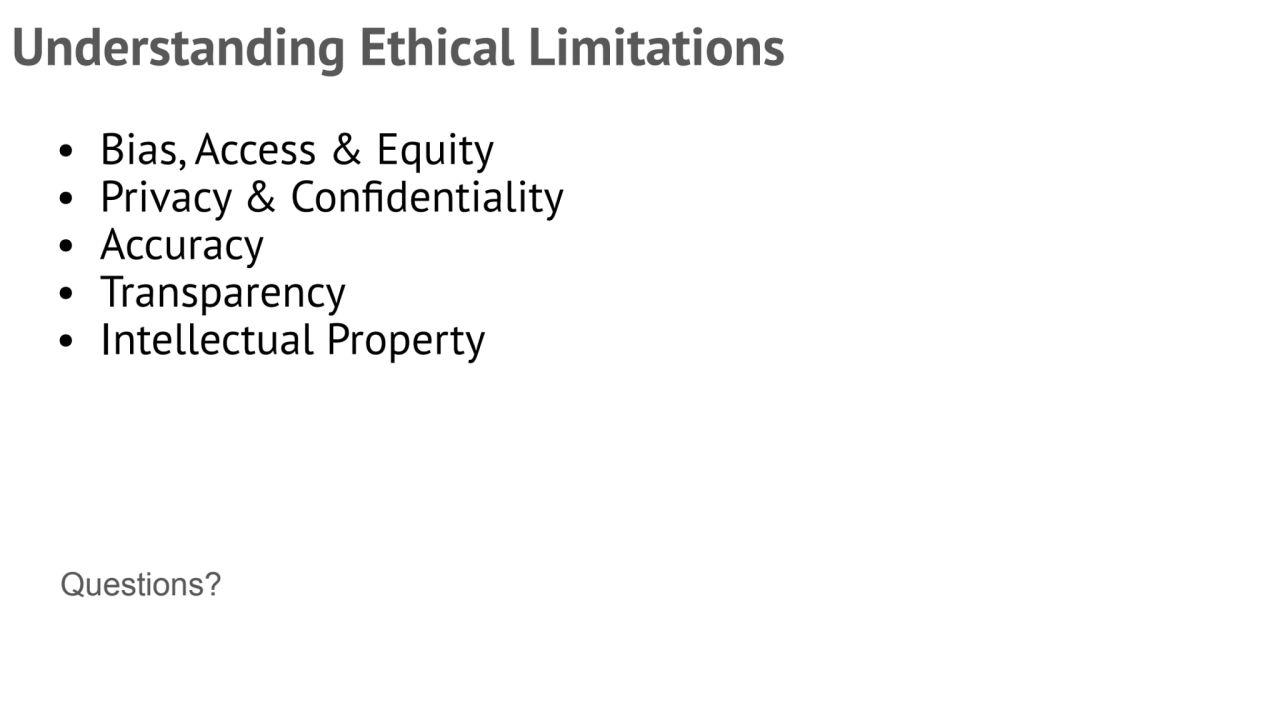
Loading...
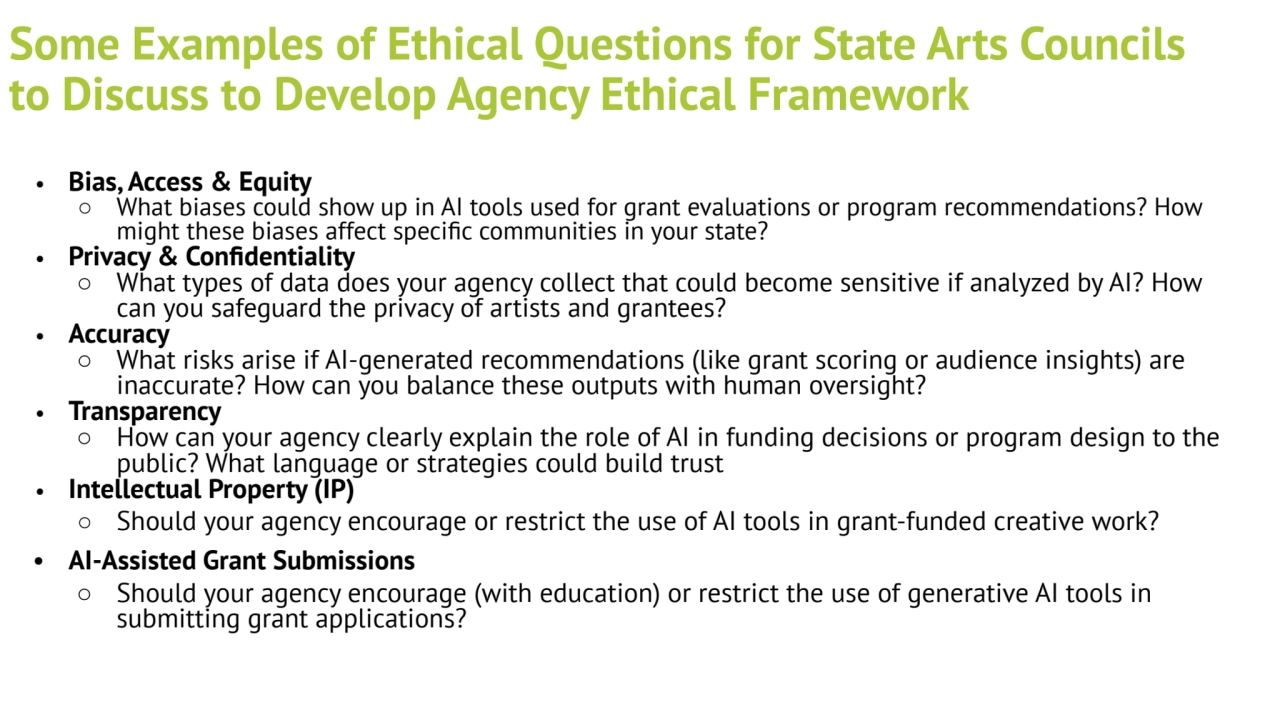
Loading...
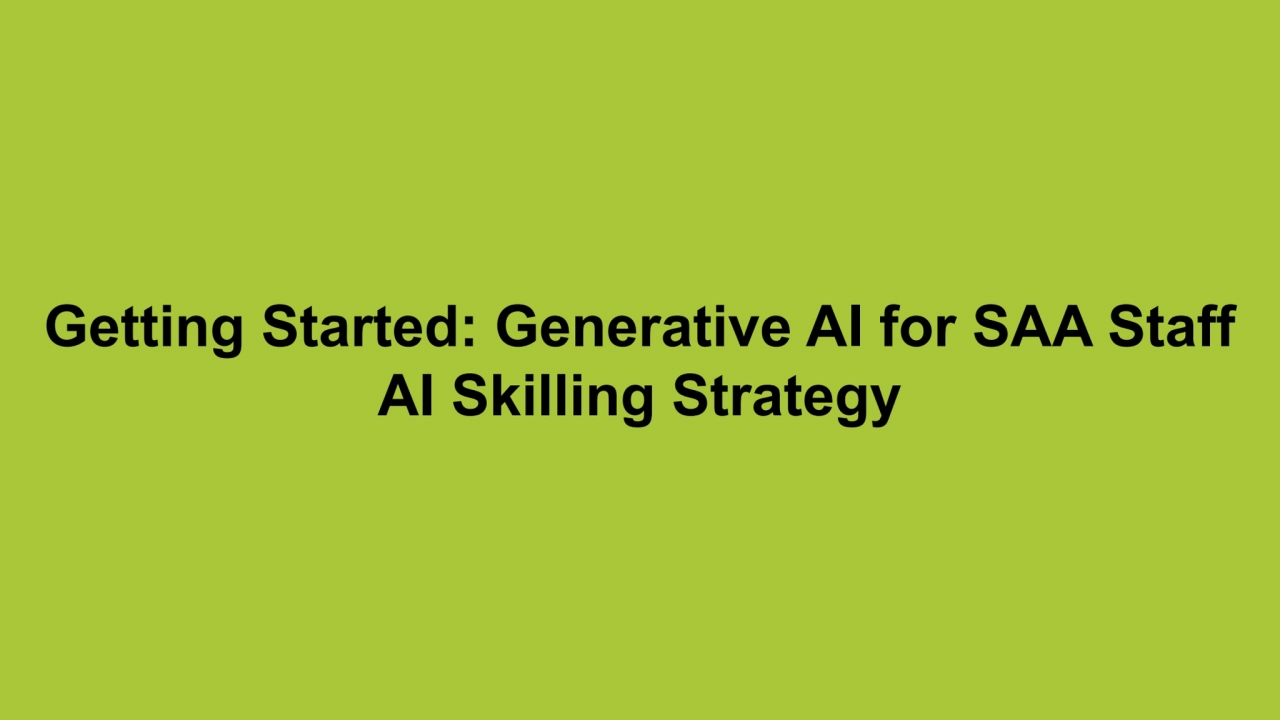
Loading...
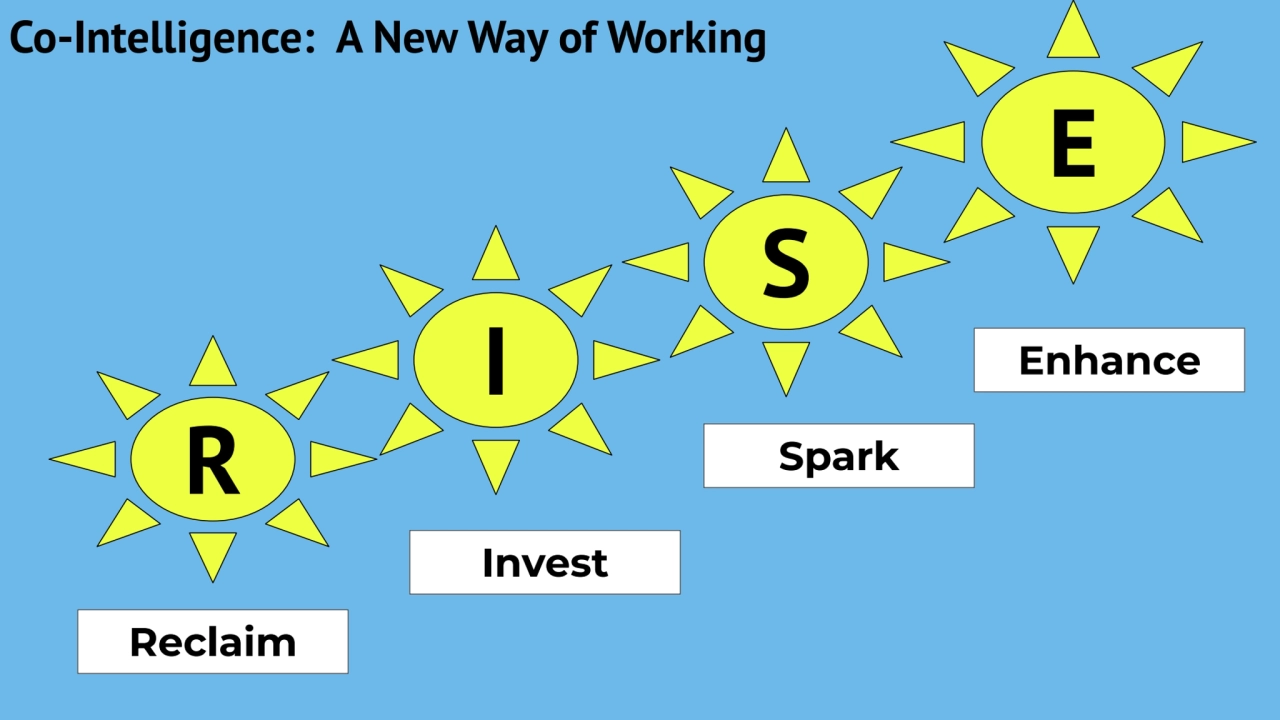
Loading...
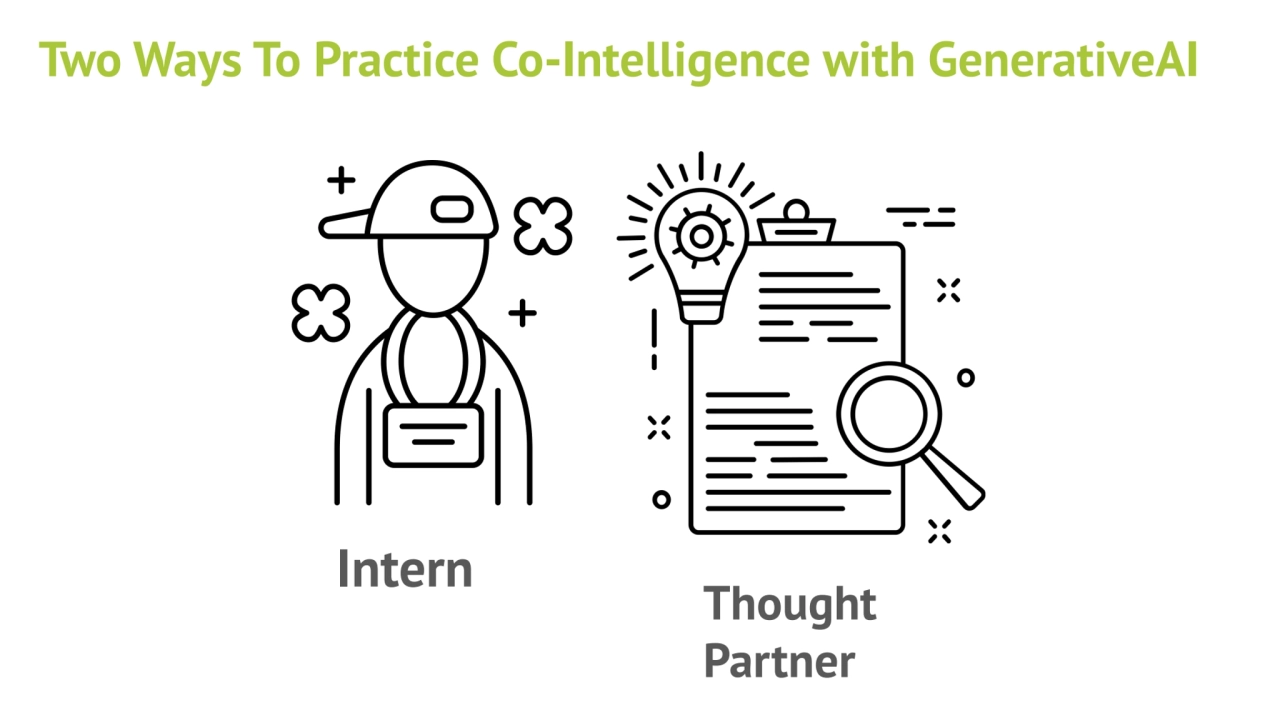
Loading...
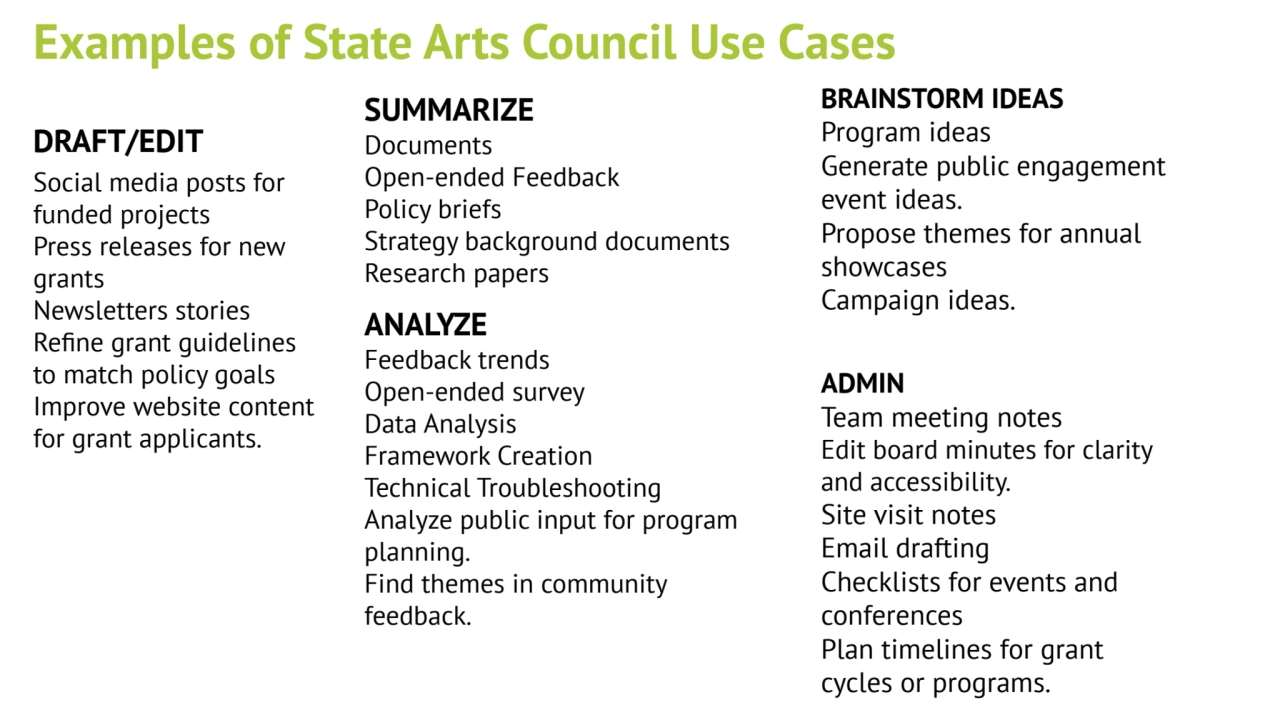
Loading...
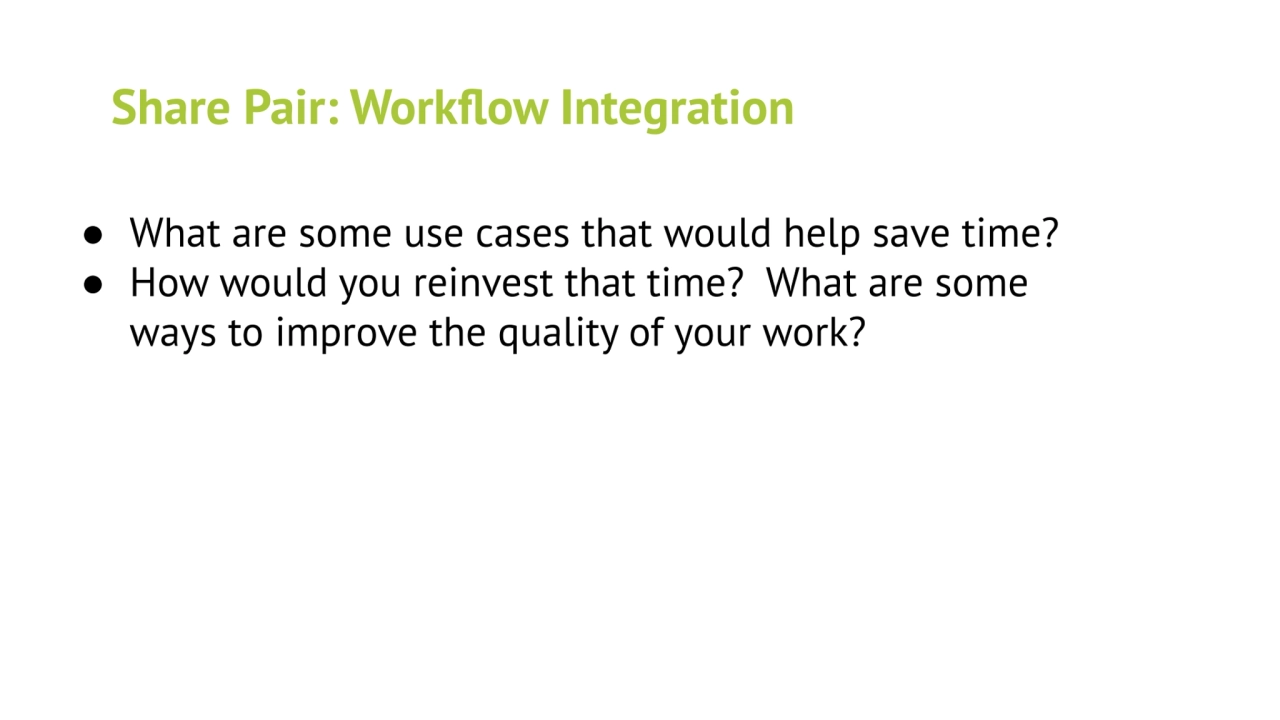
Loading...
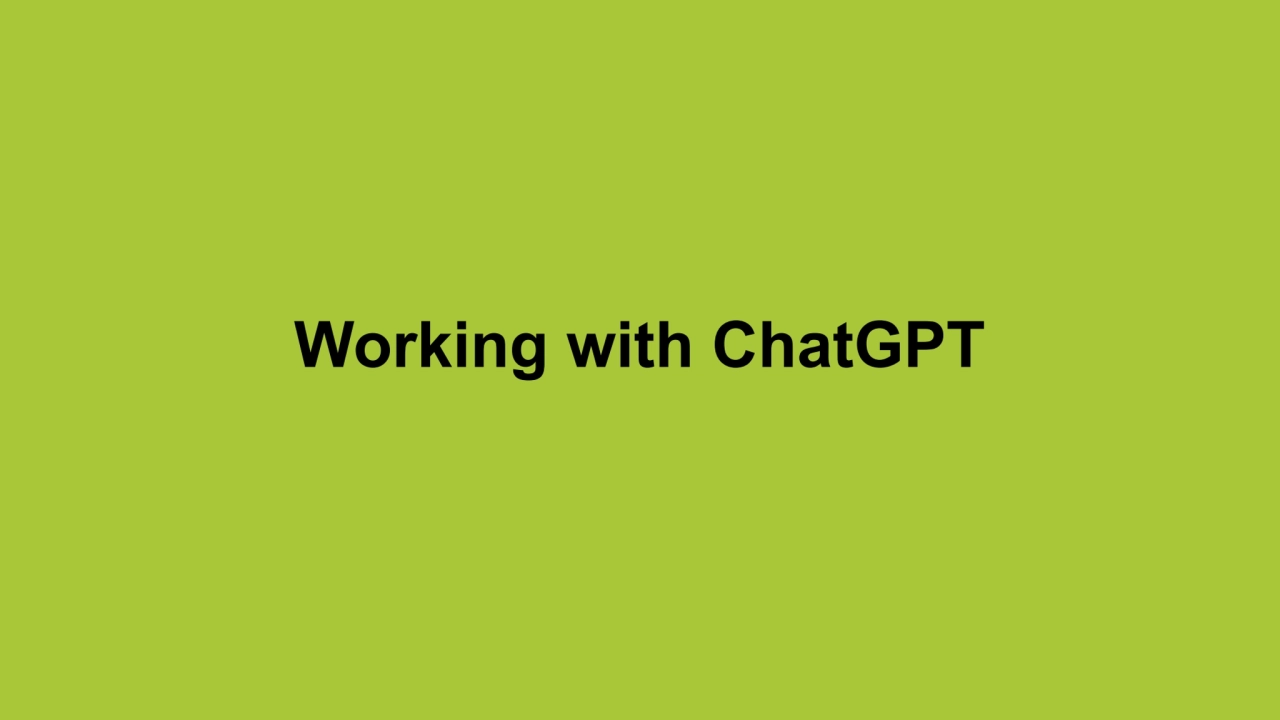
Loading...
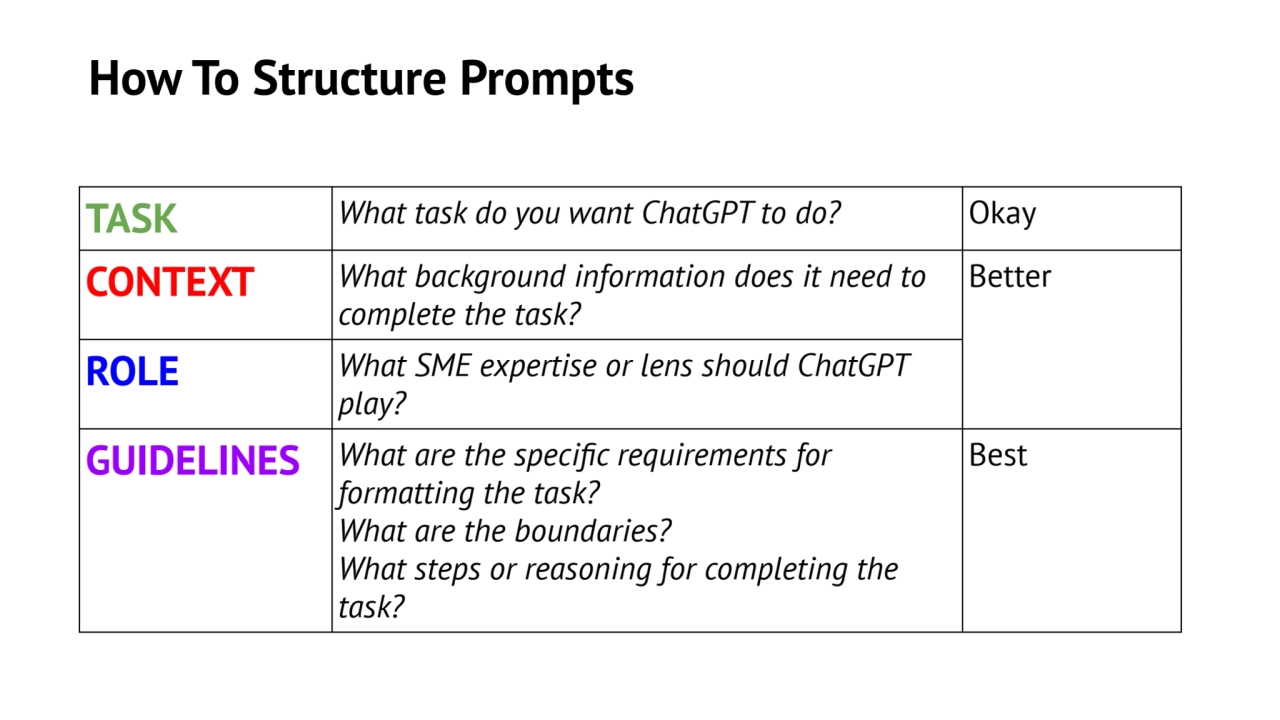
Loading...
![PROMPT TEMPLATE: "As a [Role], [Task] for
[Context]. Please adhere to [Specific Format], Avoid
[Boundaries], Explain [Reasoning]?"](https://d2z384uprhdr6y.cloudfront.net/MIh3zQrA3xsXeTOQJzjuwD_WNwpiFXI9QBzOIx11rjs/rt:fill/q:100/w:1280/h:0/gravity:sm/czM6Ly9qYXVudC1wcm9kdWN0aW9uLXVwbG9hZHMvMjAyNC8xMS8yMi85Y2ZlMTljNS1jZDRlLTQwMDUtYTYyZS1lYzlmYjBjMTc2MTcvc2xpZGVfNDQtbC53ZWJw.webp)
Loading...
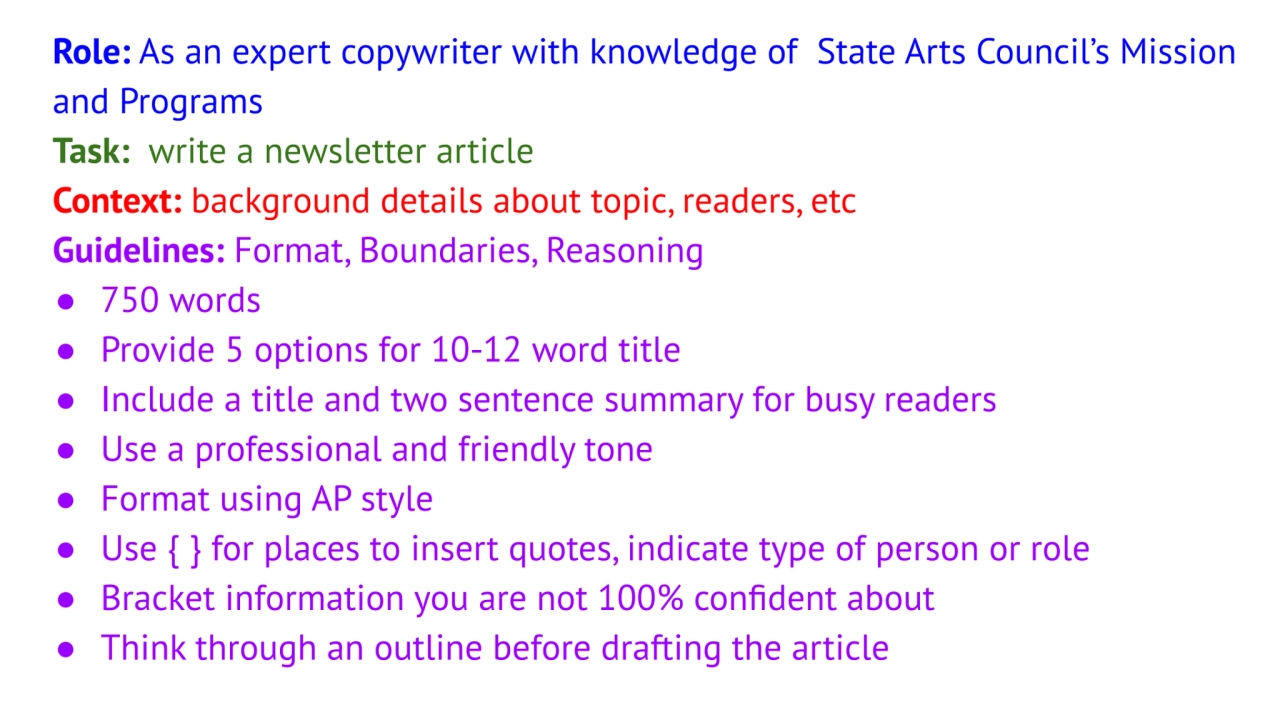
Loading...
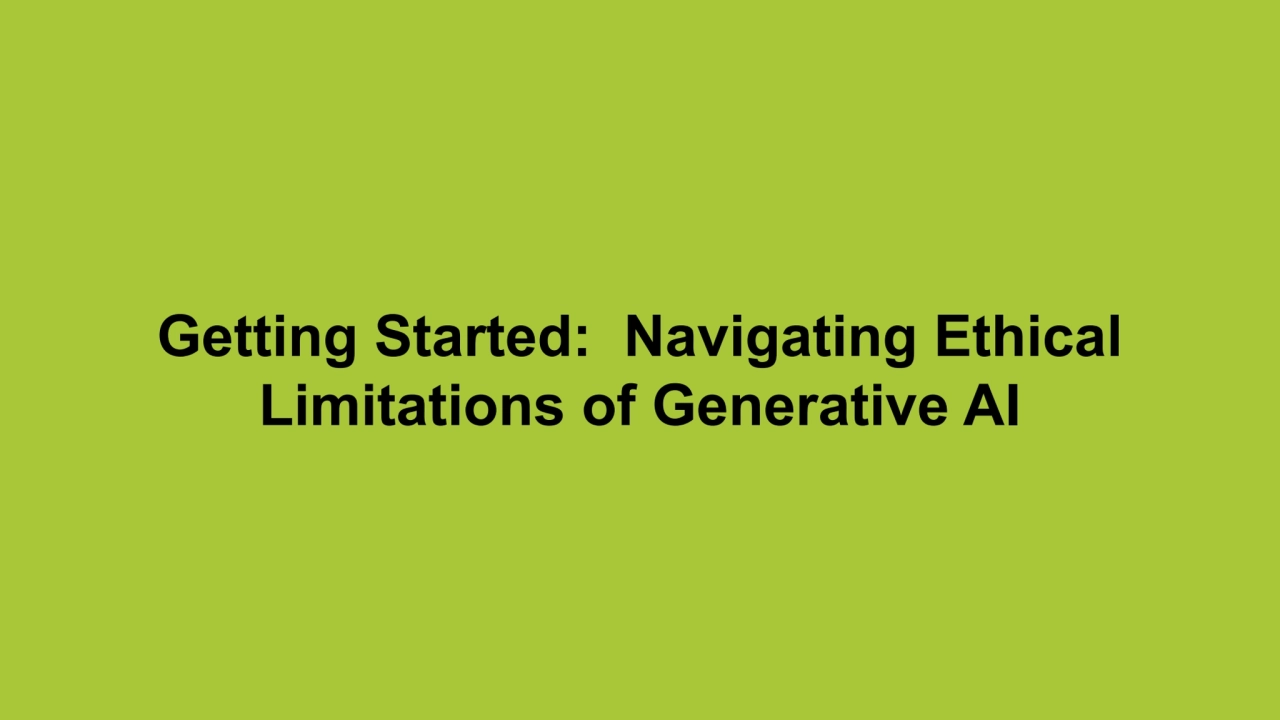
Loading...

Loading...
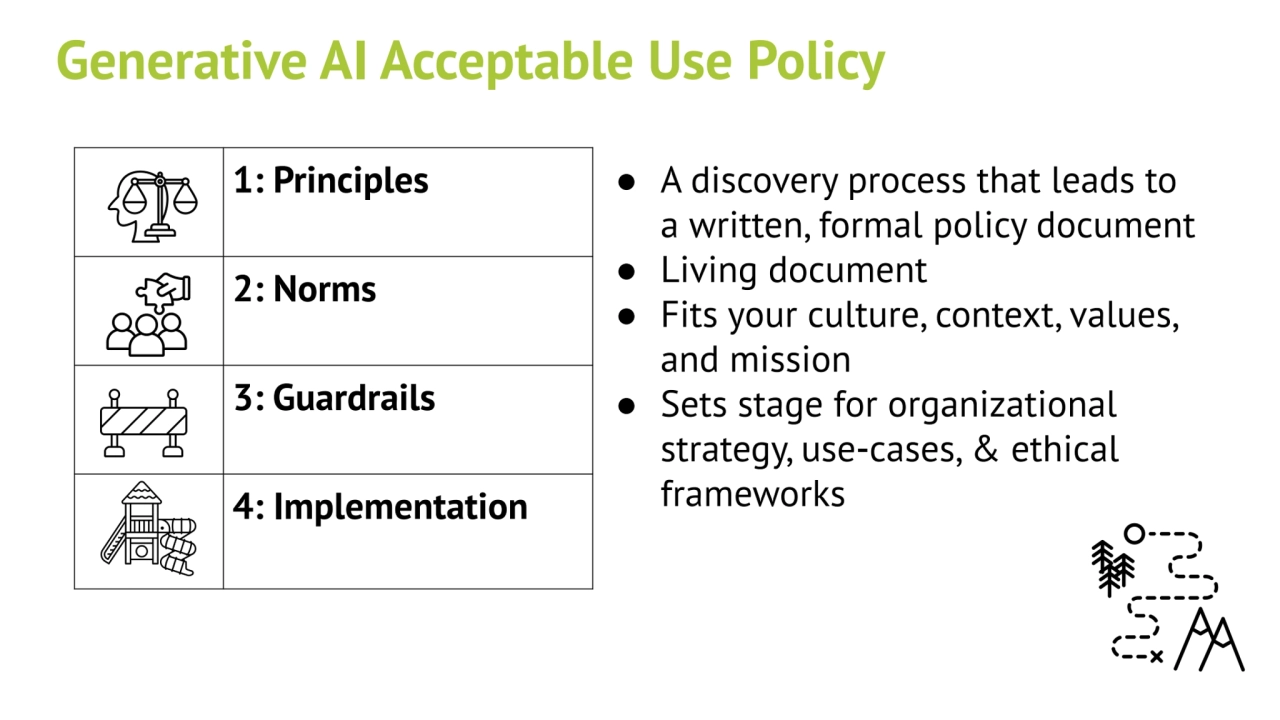
Loading...
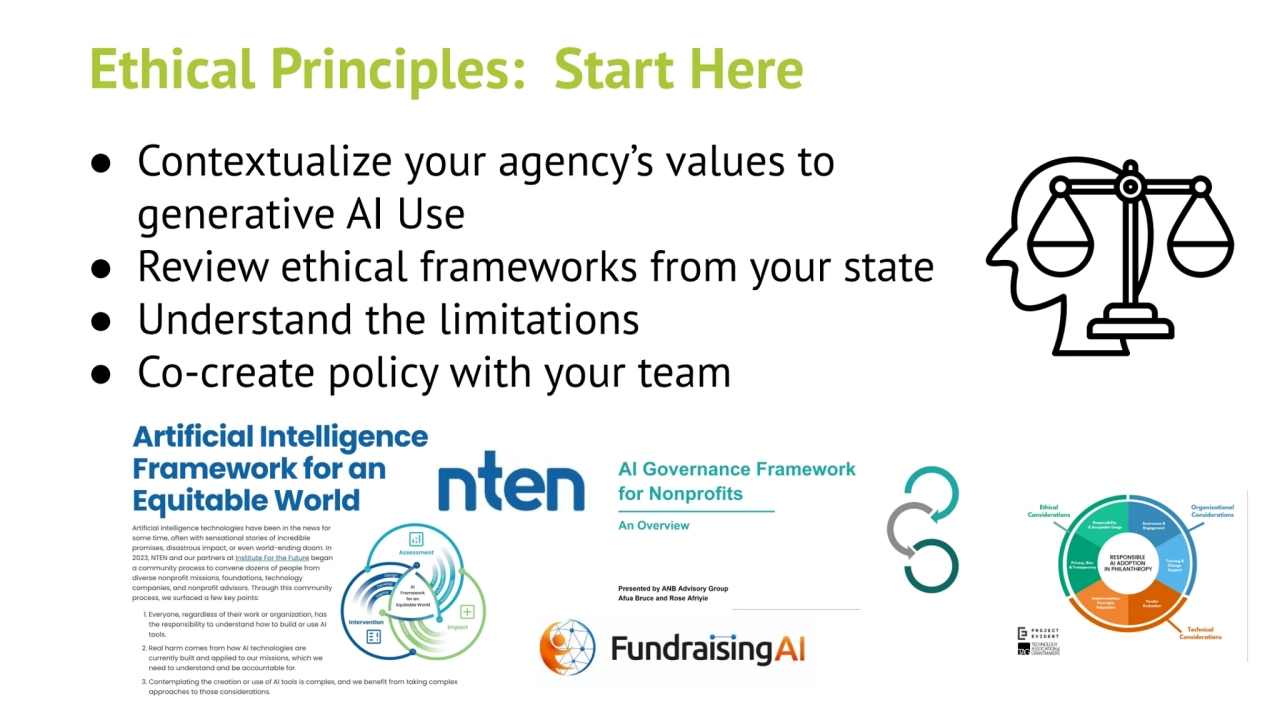
Loading...
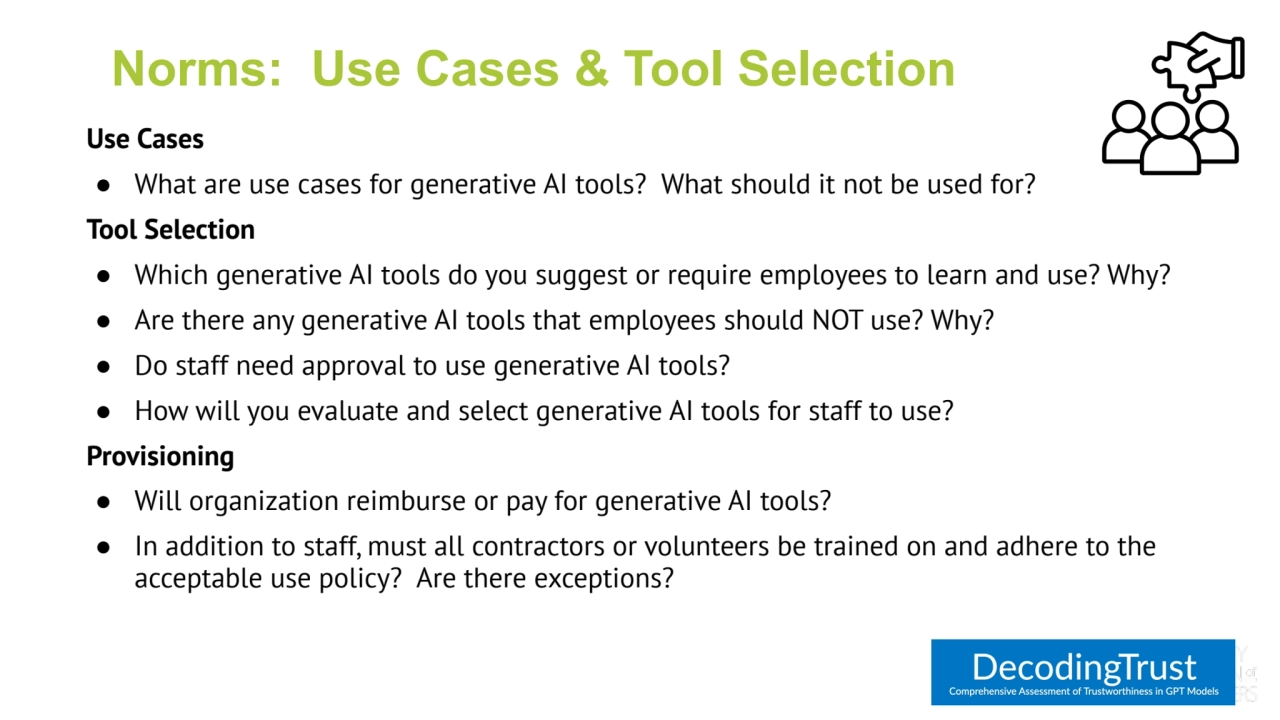
Loading...
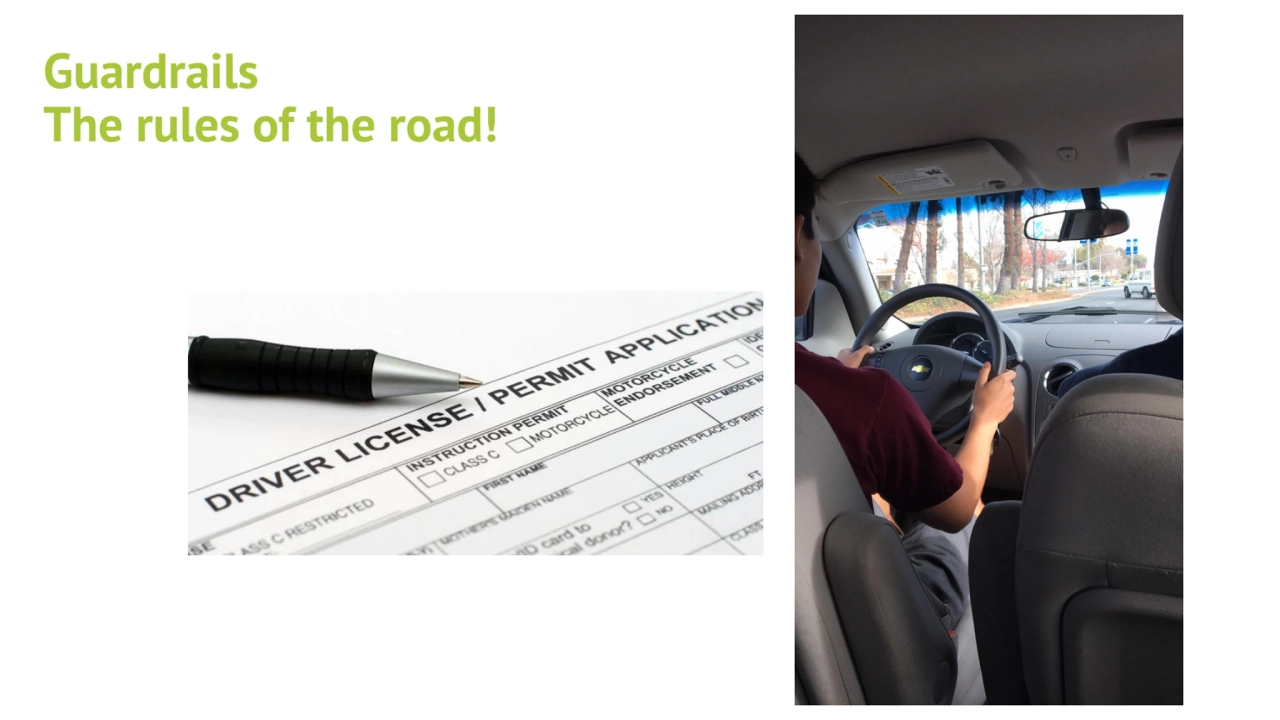
Loading...
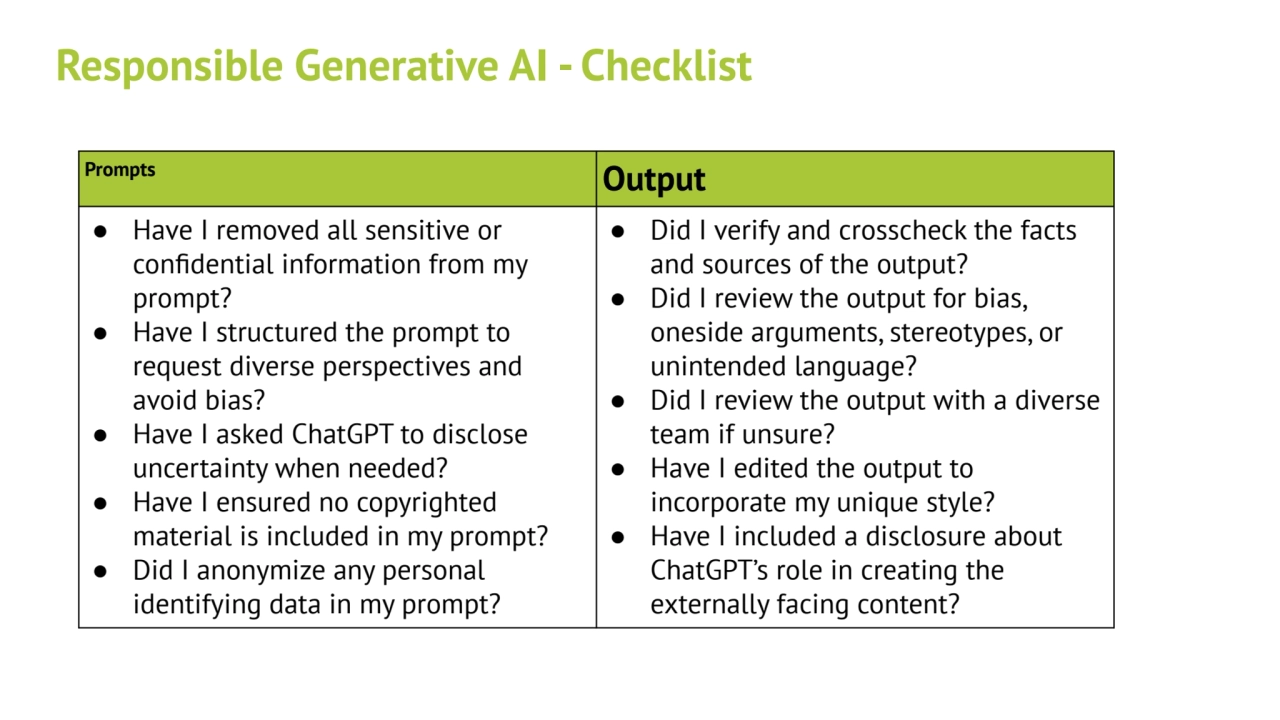
Loading...
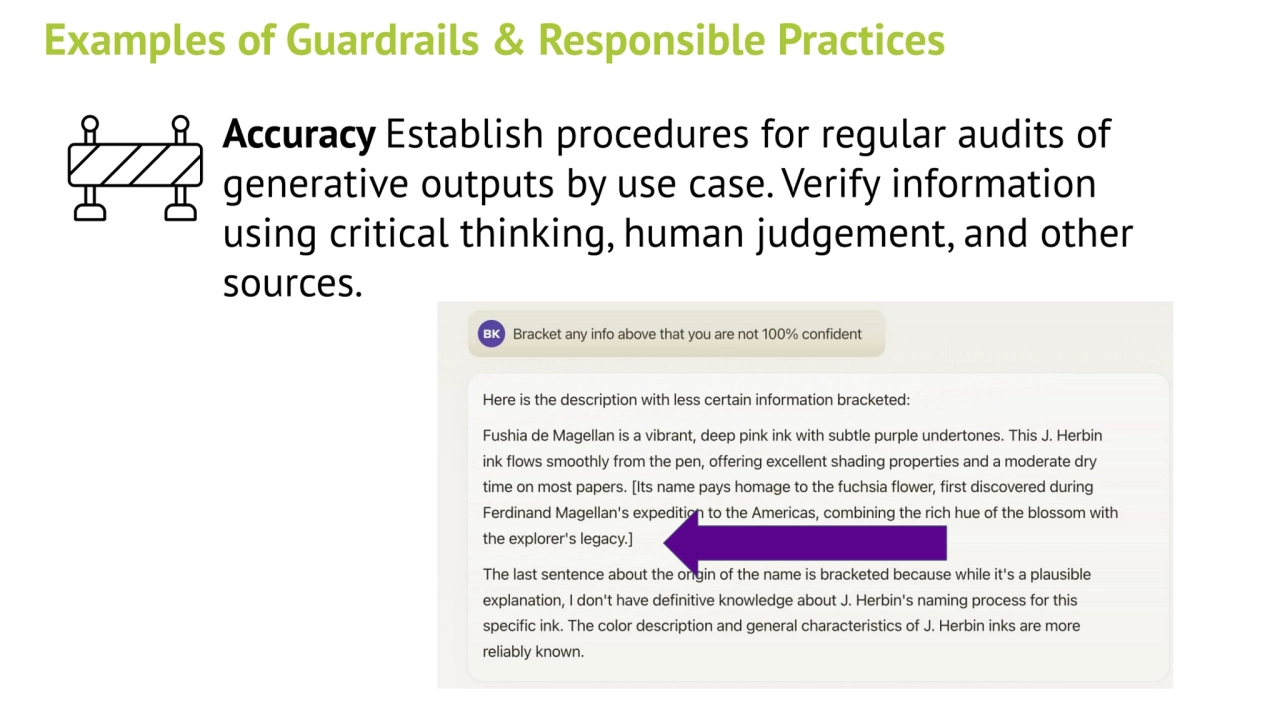
Loading...
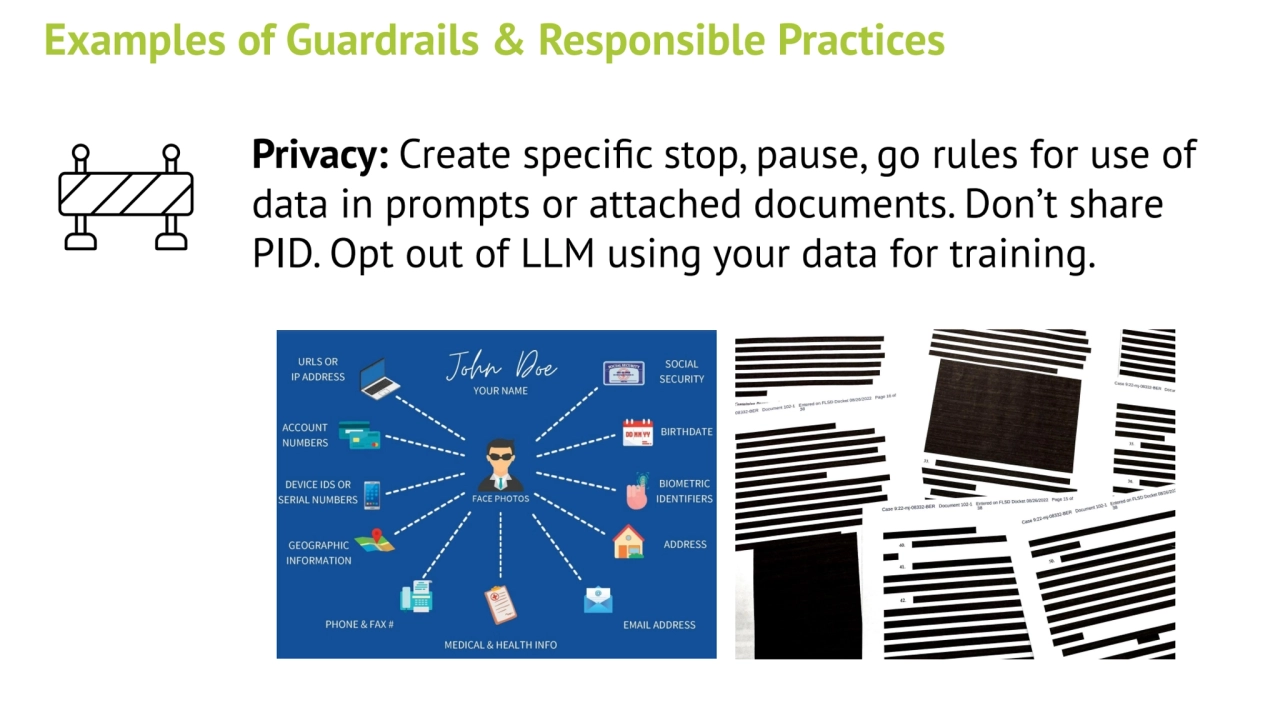
Loading...
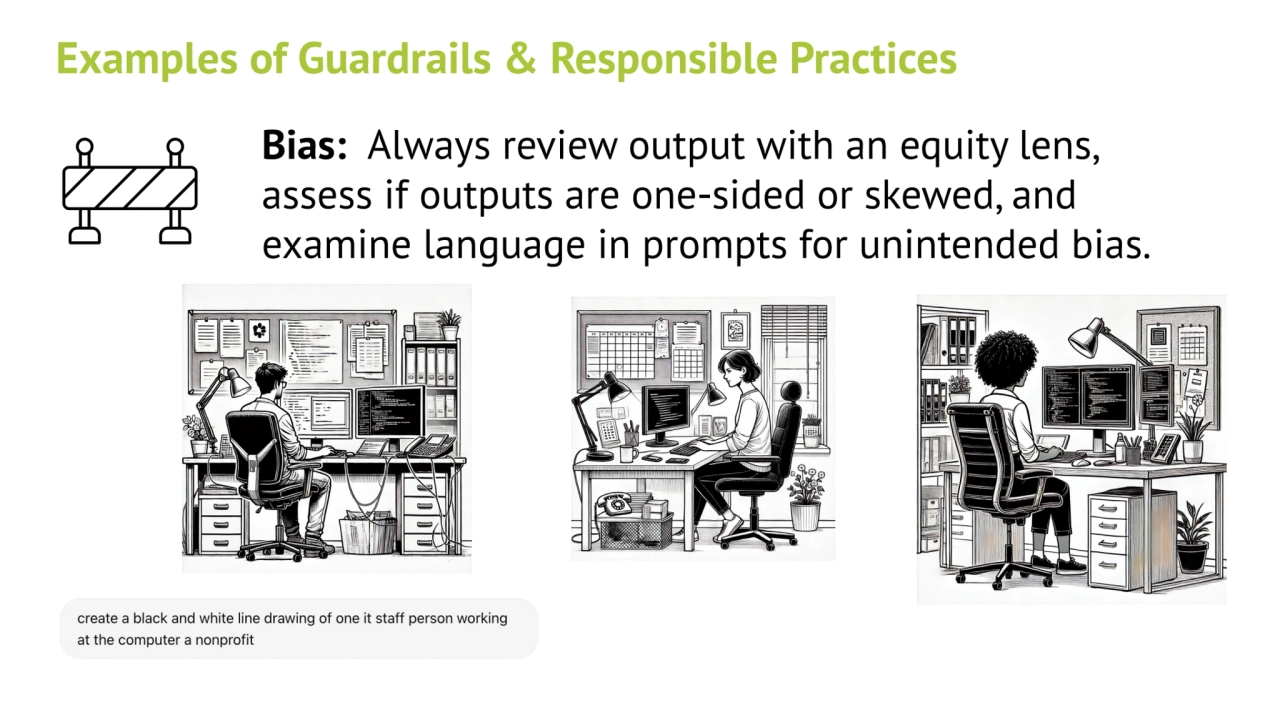
Loading...
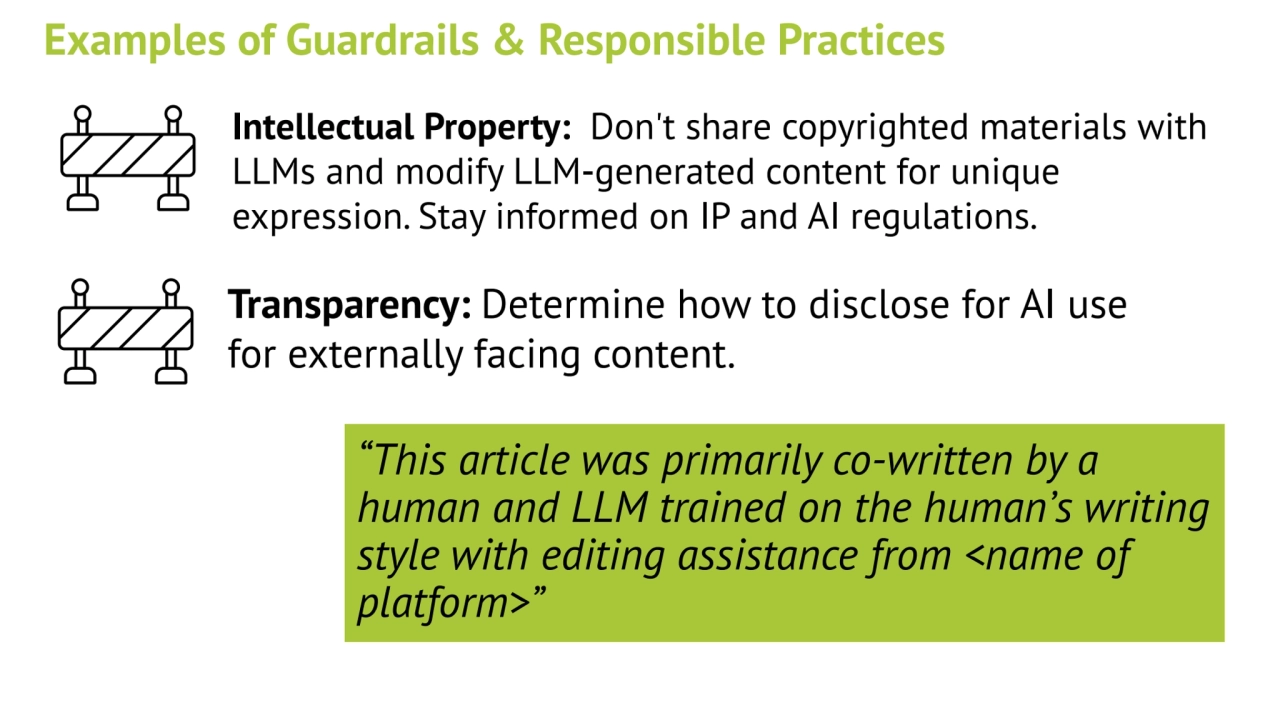
Loading...
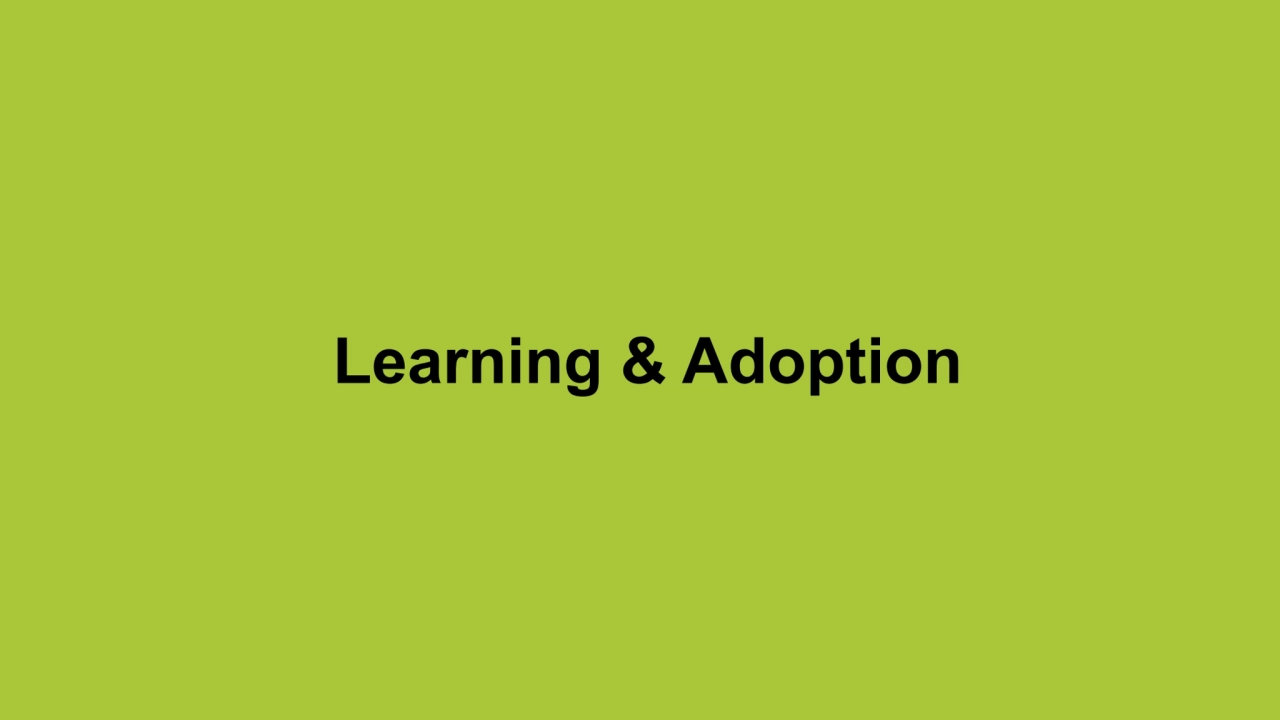
Loading...
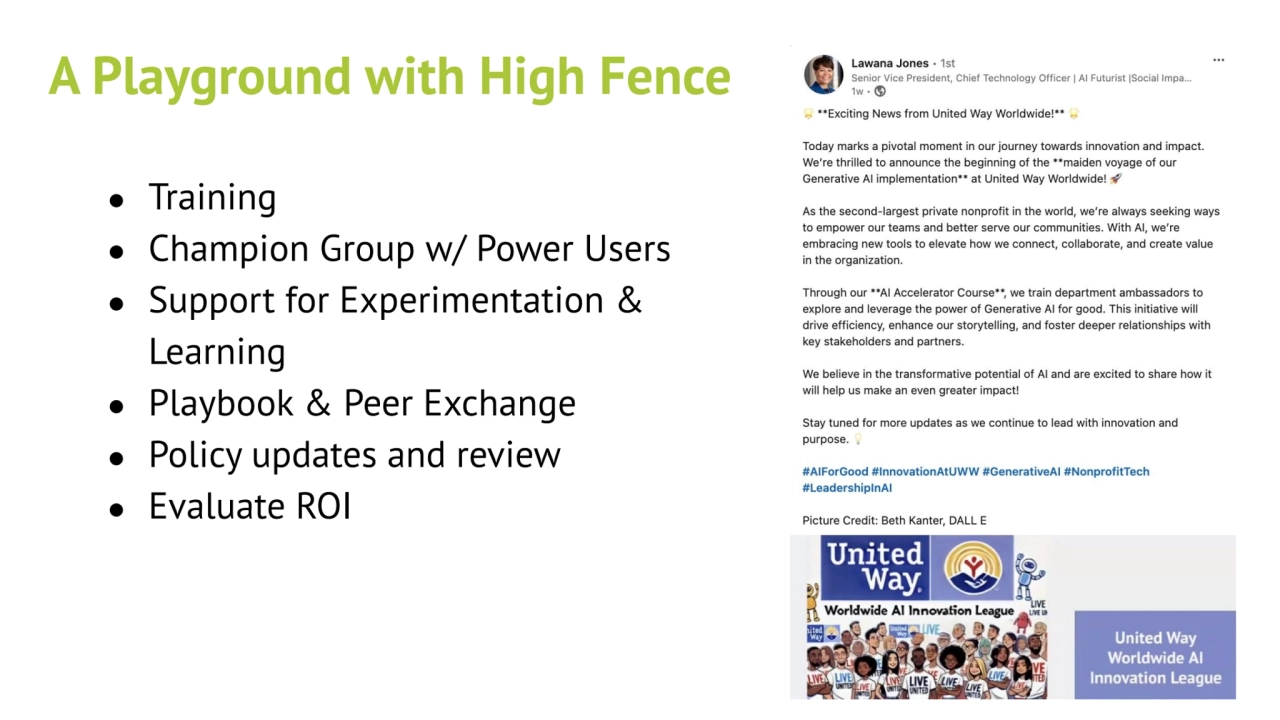
Loading...
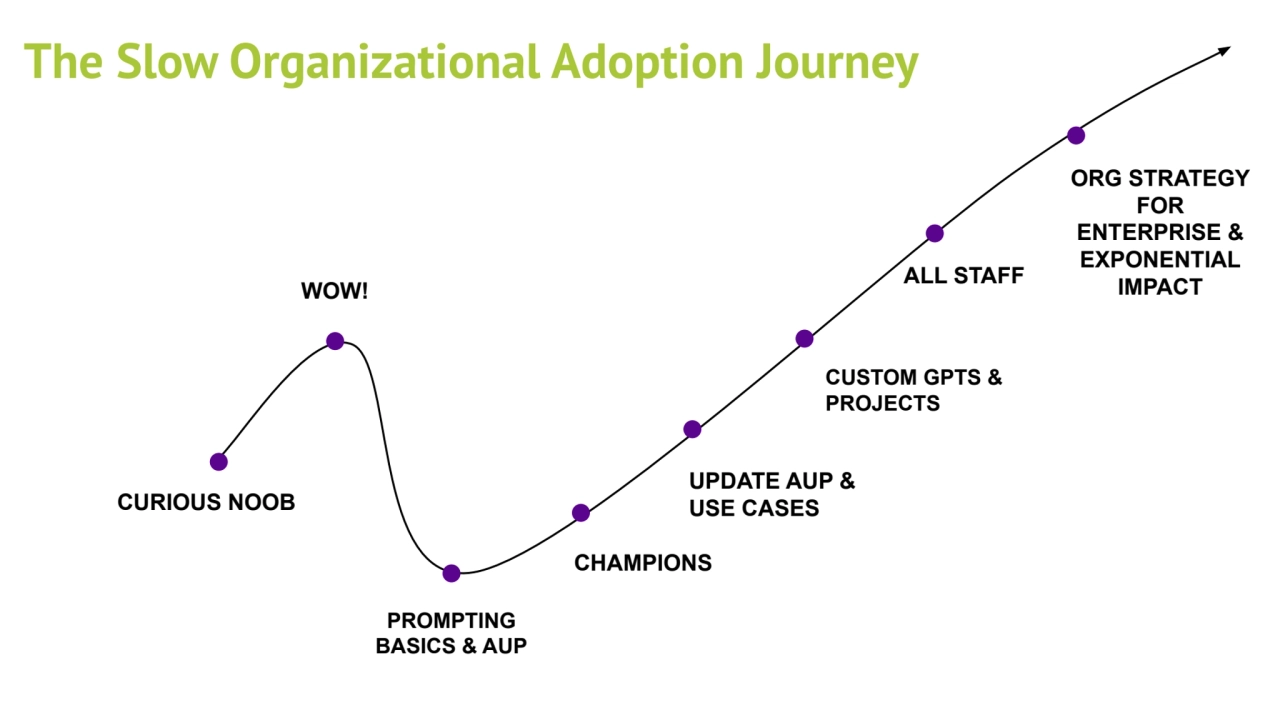
Loading...

Loading...
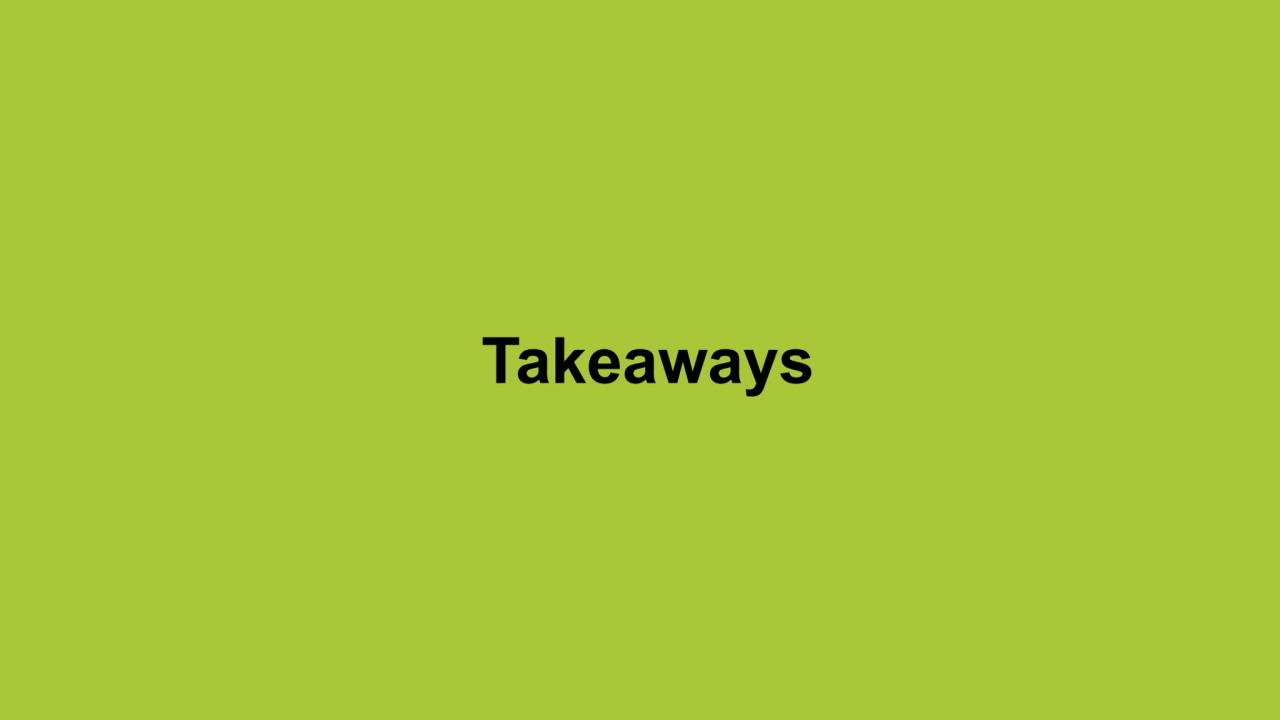
Loading...
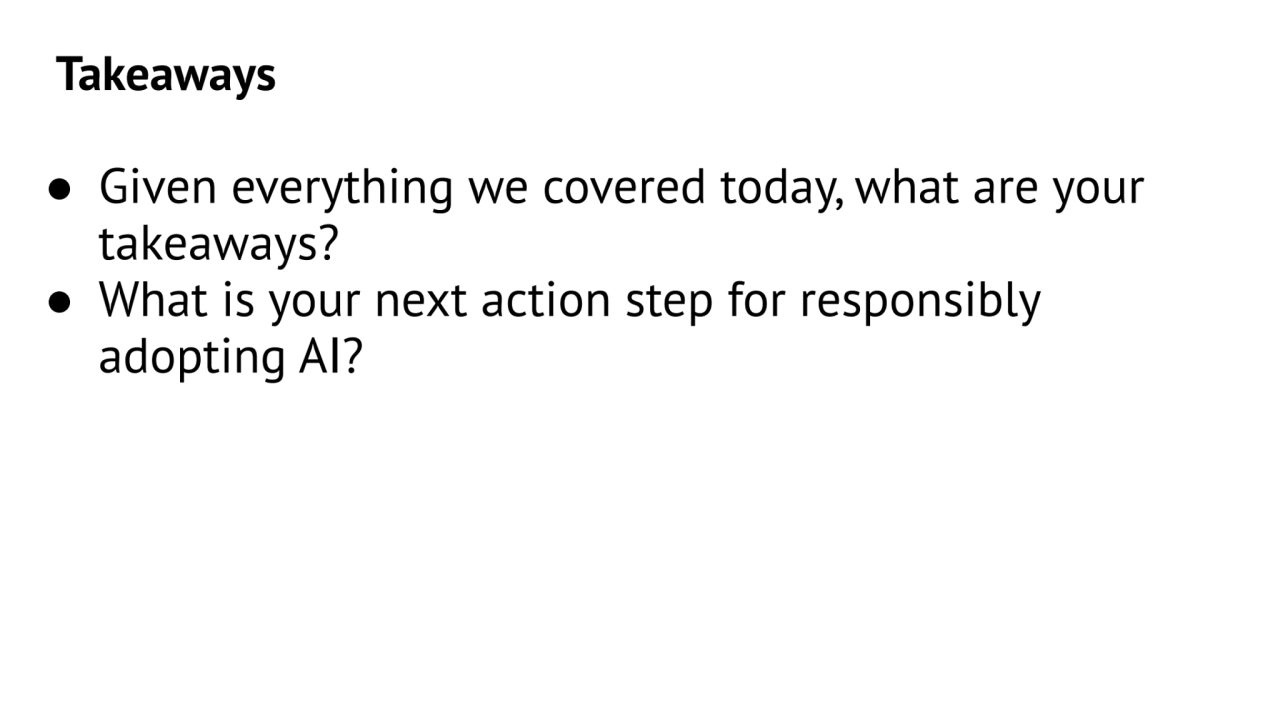
Loading...
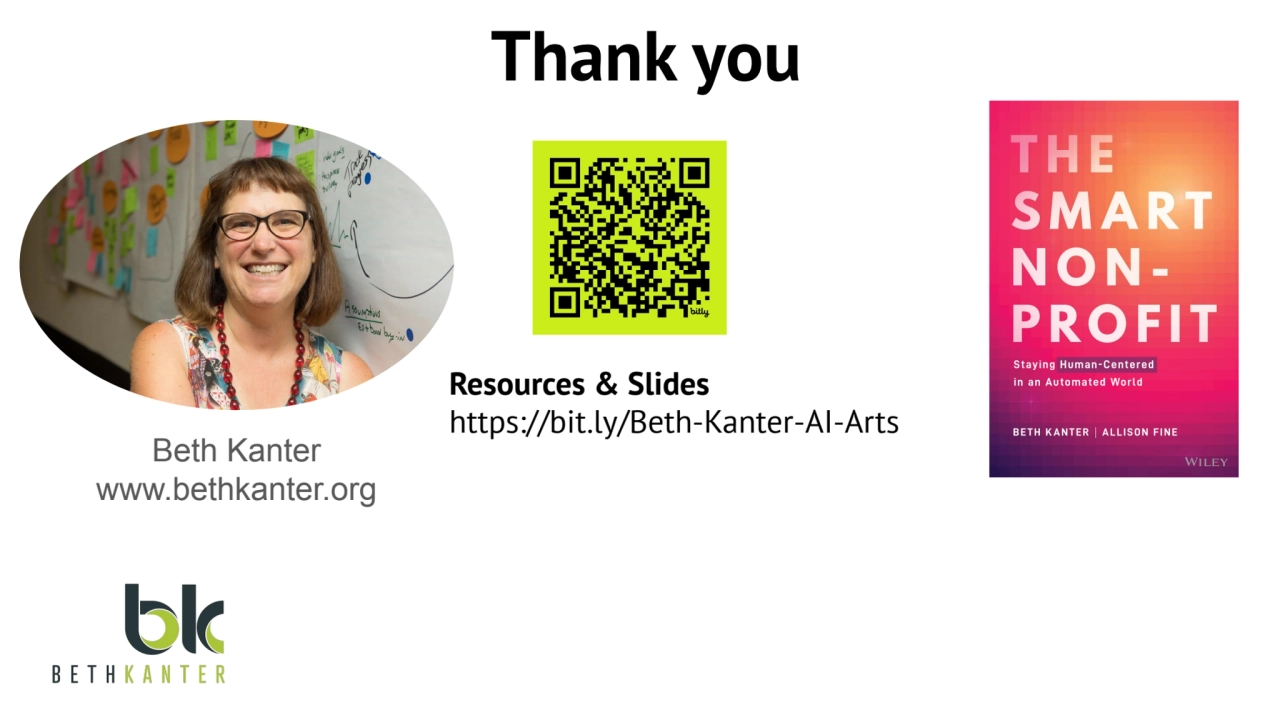
AI & Arts
- 1. AI and the Arts: Navigating Ethical and Effective Use For State Arts Agency Leaders Beth Kanter October 25, 2024
- 2. Beth Kanter, Author, Speaker, and Trainer Beth Kanter www.bethkanter.org
- 4. Agenda ● Intro ● Fundamentals ● Human-Centered Adoption & Use Cases ● Understanding & Navigating Ethical Challenges ● Responsible Generative AI Adoption: Getting Started ● Takeaways Resources & Slides https://bit.ly/Beth-Kanter-AI-Arts
- 5. AI & Organizational Maturity Stages
- 6. AI Organizational Maturity Stages: Share Pair EXPLORE EXPERIMENT ENTERPRISE EXPONENTIAL Exploring possibilities Shadow use AI Ethical Framework Training and Champions Low risk experiments to test waters, gain hands-on experience, and understand benefits Organizational AI adoption strategy to integrate into productivity, CRMs, and other tech stacks and scale org use. Data-driven projects and enterprise generative AI, AI Developers AI strategically aligned with outcomes, org strategy, program delivery, and capacity to drive transformative and exponential results. Ethical pipeline and monitoring
- 7. Where is your agency in terms of AI Maturity? ⓘ Click Present with Slido or install our Chrome extension to activate this poll while presenting.
- 8. Fundamentals
- 9. How LLM’s Work 2 Splits input text into tokens 1 Type a prompt into chat window 3 Identifies patterns & relationships 4 Predicts the right sequence of tokens to generate a response, randomized
- 10. LLMs . . . ● Are math models, not thinking & feeling humans ● Called Frontier or Foundation Models ● Can Use Retrieval Augmented Generative ● Improving quickly RAG Other Data Sets & Apps
- 12. Just three words to describe how you are feeling about AI? ⓘ Click Present with Slido or install our Chrome extension to activate this poll while presenting.
- 13. Stay Human-Centered
- 14. The Dividend of Time ● Saves time ● Reinvest time in mission critical or human only tasks ● Redefine productivity metrics beyond efficiency
- 15. https://rescuewriter.ai/generate Image Created by Dall-e with prompt to eliminate bias The Dividend of Time
- 16. How will AI Transform Nonprofit Arts Org Work: Skills Not Jobs ServiceNow/Pearson Nonprofit Job Impact Study (August, 2024)
- 17. Reskilling for Soft Skills: Nonprofit Strategic Play ● Social impact will depend on the right talent and skills in organizations ● Demand will increase for both AI and soft skills, reskilling, and continuously learning
- 18. Co-Intelligence Perception Humans in the Loop
- 19. Co-Design
- 20. Co-Creativity: AI is A Tool AI is not a replacement for human artistic expression. AI lacks the emotional depth, cultural context, and lived experience that give art meaning. Artists' unique perspectives are irreplaceable. AI should complement creativity, expanding access and new possibilities without Image co-created with Dall-E diminishing the value of human artists.
- 21. Dalí in 1965. Roger Higgins/Public Domain Co-Creativity Activity: Collaborative Storytelling with AI Once a upon a time, a group of state arts council staff gathered in Puerto Rico for their annual conference to discuss AI and responsible adoption in their arts agency. . .
- 22. What surprised you most about the AI responses? ⓘ Click Present with Slido or install our Chrome extension to activate this poll while presenting.
- 23. Reflection: Think & Write, Popcorn ● What is the value that AI can provide for the arts in your state and your agency? ● What leadership is needed to encourage human-centered adoption in your agency and the constituents you serve?
- 24. AI Strategy, Use Cases, & Maturity
- 25. Individual Use Organizational Efficiency Mission Attainment ● Draft & Edit ● Summarize ● Analysis ● Admin ● Interacts on the frontlines with stakeholders to deliver program information or advising or translation services, structuring data. Different AI Strategies: Different Use Cases AI-Powered Program, Information, and Service Delivery AI Staff Skilling Strategy Data-Driven Decision-Making Fundraising
- 26. Examples of Generative AI for Staff Skilling Use Cases DRAFT/EDIT Proposals Reports Newsletters Articles Social media content SUMMARIZE Documents Open-ended Feedback Policy briefs Strategy background documents Research papers ANALYZE Feedback trends Open-ended survey Data Analysis Framework Creation Technical Troubleshooting BRAINSTORM IDEAS Event Themes Program ideas Creative concepts Metaphors for presentations ADMIN Team meeting notes Site visit notes Email drafting Reorganize & Reformat Project Plans & Timelines Individual Use
- 27. Fundraising Intelligence: Turn Data into Donor Engagement, Retention, Prospects, and Stewardship Organizational Efficiency
- 28. Grantmakers AI Adoption Snapshot: Very Early Stages of Maturity ● 18% of grantmakers reported using AI ● Despite very few organizations adopting AI, 2 out of 3 staff are using AI, largely using unprovisioned tools. ● Only 1 in 5 foundations have an AI policy ● Barriers to adoption: ○ 55% data security/privacy ○ 43% lack of training/skills ○ 20% lack of interest TagTech Survey Research preview 10/24
- 29. Mission Attainment Data-Driven & AI-Powered Social Impact
- 30. Mission Attainment Navigating Information & Advising ● Generative AI on Website to find information quickly & answer questions 24/7 ● Participatory/community-centered development ● Testing & monitoring for safety ● DataKind & Mom’s First Collaboration ● Career Development provides on-demand advising to help people age 13 & older ● Coalition of nonprofits collaboratively designed ● Human in the loop - data training and testing ● CareerVillage & coalition of partners supported by Google.Org
- 31. Grantee AI Skilling, Innovation Challenges, and Policy Support Grantee Capacity Building Innovation Grants AI Policy Support
- 32. Limitations & Ethical Guidelines
- 33. Individual Use Organizational Efficiency Mission Attainment ● Draft & Edit ● Summarize ● Analysis ● Admin ● Interacts on the frontlines with stakeholders to deliver program information or advising or translation services, structuring data. Different Degrees of Risk for Different AI Use Cases Community-Centered Development & Ethical Pipeline Acceptable Use Policy AI Data Governance Policy Fundraising Lower Risk Higher Risk
- 34. Does your state arts agency created any of the following policies? ⓘ Click Present with Slido or install our Chrome extension to activate this poll while presenting.
- 35. • Bias, Access & Equity • Privacy & Confidentiality • Accuracy • Transparency • Intellectual Property Understanding Ethical Limitations Questions?
- 36. Some Examples of Ethical Questions for State Arts Councils to Discuss to Develop Agency Ethical Framework • Bias, Access & Equity ○ What biases could show up in AI tools used for grant evaluations or program recommendations? How might these biases affect specific communities in your state? • Privacy & Confidentiality ○ What types of data does your agency collect that could become sensitive if analyzed by AI? How can you safeguard the privacy of artists and grantees? • Accuracy ○ What risks arise if AI-generated recommendations (like grant scoring or audience insights) are inaccurate? How can you balance these outputs with human oversight? • Transparency ○ How can your agency clearly explain the role of AI in funding decisions or program design to the public? What language or strategies could build trust • Intellectual Property (IP) ○ Should your agency encourage or restrict the use of AI tools in grant-funded creative work? • AI-Assisted Grant Submissions ○ Should your agency encourage (with education) or restrict the use of generative AI tools in submitting grant applications?
- 37. Getting Started: Generative AI for SAA Staff AI Skilling Strategy
- 38. Co-Intelligence: A New Way of Working R Reclaim S Spark E Enhance I Invest
- 39. Two Ways To Practice Co-Intelligence with GenerativeAI Intern Thought Partner
- 40. Examples of State Arts Council Use Cases DRAFT/EDIT Social media posts for funded projects Press releases for new grants Newsletters stories Refine grant guidelines to match policy goals Improve website content for grant applicants. SUMMARIZE Documents Open-ended Feedback Policy briefs Strategy background documents Research papers ANALYZE Feedback trends Open-ended survey Data Analysis Framework Creation Technical Troubleshooting Analyze public input for program planning. Find themes in community feedback. BRAINSTORM IDEAS Program ideas Generate public engagement event ideas. Propose themes for annual showcases Campaign ideas. ADMIN Team meeting notes Edit board minutes for clarity and accessibility. Site visit notes Email drafting Checklists for events and conferences Plan timelines for grant cycles or programs.
- 41. Share Pair: Workflow Integration ● What are some use cases that would help save time? ● How would you reinvest that time? What are some ways to improve the quality of your work?
- 42. Working with ChatGPT
- 43. How To Structure Prompts TASK What task do you want ChatGPT to do? Okay CONTEXT What background information does it need to complete the task? Better ROLE What SME expertise or lens should ChatGPT play? GUIDELINES What are the specific requirements for formatting the task? What are the boundaries? What steps or reasoning for completing the task? Best
- 44. PROMPT TEMPLATE: "As a [Role], [Task] for [Context]. Please adhere to [Specific Format], Avoid [Boundaries], Explain [Reasoning]?"
- 45. Role: As an expert copywriter with knowledge of State Arts Council’s Mission and Programs Task: write a newsletter article Context: background details about topic, readers, etc Guidelines: Format, Boundaries, Reasoning ● 750 words ● Provide 5 options for 10-12 word title ● Include a title and two sentence summary for busy readers ● Use a professional and friendly tone ● Format using AP style ● Use { } for places to insert quotes, indicate type of person or role ● Bracket information you are not 100% confident about ● Think through an outline before drafting the article
- 46. Getting Started: Navigating Ethical Limitations of Generative AI
- 47. Why You Need AI Acceptable Use Policy & Training
- 48. Generative AI Acceptable Use Policy 1: Principles 2: Norms 3: Guardrails 4: Implementation ● A discovery process that leads to a written, formal policy document ● Living document ● Fits your culture, context, values, and mission ● Sets stage for organizational strategy, use-cases, & ethical frameworks
- 49. Ethical Principles: Start Here ● Contextualize your agency’s values to generative AI Use ● Review ethical frameworks from your state ● Understand the limitations ● Co-create policy with your team
- 50. Norms: Use Cases & Tool Selection Use Cases ● What are use cases for generative AI tools? What should it not be used for? Tool Selection ● Which generative AI tools do you suggest or require employees to learn and use? Why? ● Are there any generative AI tools that employees should NOT use? Why? ● Do staff need approval to use generative AI tools? ● How will you evaluate and select generative AI tools for staff to use? Provisioning ● Will organization reimburse or pay for generative AI tools? ● In addition to staff, must all contractors or volunteers be trained on and adhere to the acceptable use policy? Are there exceptions?
- 51. Guardrails The rules of the road!
- 52. Responsible Generative AI - Checklist Prompts Output ● Have I removed all sensitive or confidential information from my prompt? ● Have I structured the prompt to request diverse perspectives and avoid bias? ● Have I asked ChatGPT to disclose uncertainty when needed? ● Have I ensured no copyrighted material is included in my prompt? ● Did I anonymize any personal identifying data in my prompt? ● Did I verify and crosscheck the facts and sources of the output? ● Did I review the output for bias, oneside arguments, stereotypes, or unintended language? ● Did I review the output with a diverse team if unsure? ● Have I edited the output to incorporate my unique style? ● Have I included a disclosure about ChatGPT’s role in creating the externally facing content?
- 53. Accuracy Establish procedures for regular audits of generative outputs by use case. Verify information using critical thinking, human judgement, and other sources. Examples of Guardrails & Responsible Practices
- 54. Privacy: Create specific stop, pause, go rules for use of data in prompts or attached documents. Don’t share PID. Opt out of LLM using your data for training. Examples of Guardrails & Responsible Practices
- 55. Examples of Guardrails & Responsible Practices Bias: Always review output with an equity lens, assess if outputs are one-sided or skewed, and examine language in prompts for unintended bias.
- 56. Examples of Guardrails & Responsible Practices Intellectual Property: Don't share copyrighted materials with LLMs and modify LLM-generated content for unique expression. Stay informed on IP and AI regulations. Transparency: Determine how to disclose for AI use for externally facing content. “This article was primarily co-written by a human and LLM trained on the human’s writing style with editing assistance from <name of platform>”
- 57. Learning & Adoption
- 58. A Playground with High Fence ● Training ● Champion Group w/ Power Users ● Support for Experimentation & Learning ● Playbook & Peer Exchange ● Policy updates and review ● Evaluate ROI
- 59. CURIOUS NOOB The Slow Organizational Adoption Journey WOW! CHAMPIONS UPDATE AUP & USE CASES ALL STAFF ORG STRATEGY FOR ENTERPRISE & EXPONENTIAL IMPACT PROMPTING BASICS & AUP CUSTOM GPTS & PROJECTS
- 60. Q & A
- 61. Takeaways
- 62. Takeaways ● Given everything we covered today, what are your takeaways? ● What is your next action step for responsibly adopting AI?
- 63. Thank you Beth Kanter www.bethkanter.org Resources & Slides https://bit.ly/Beth-Kanter-AI-Arts